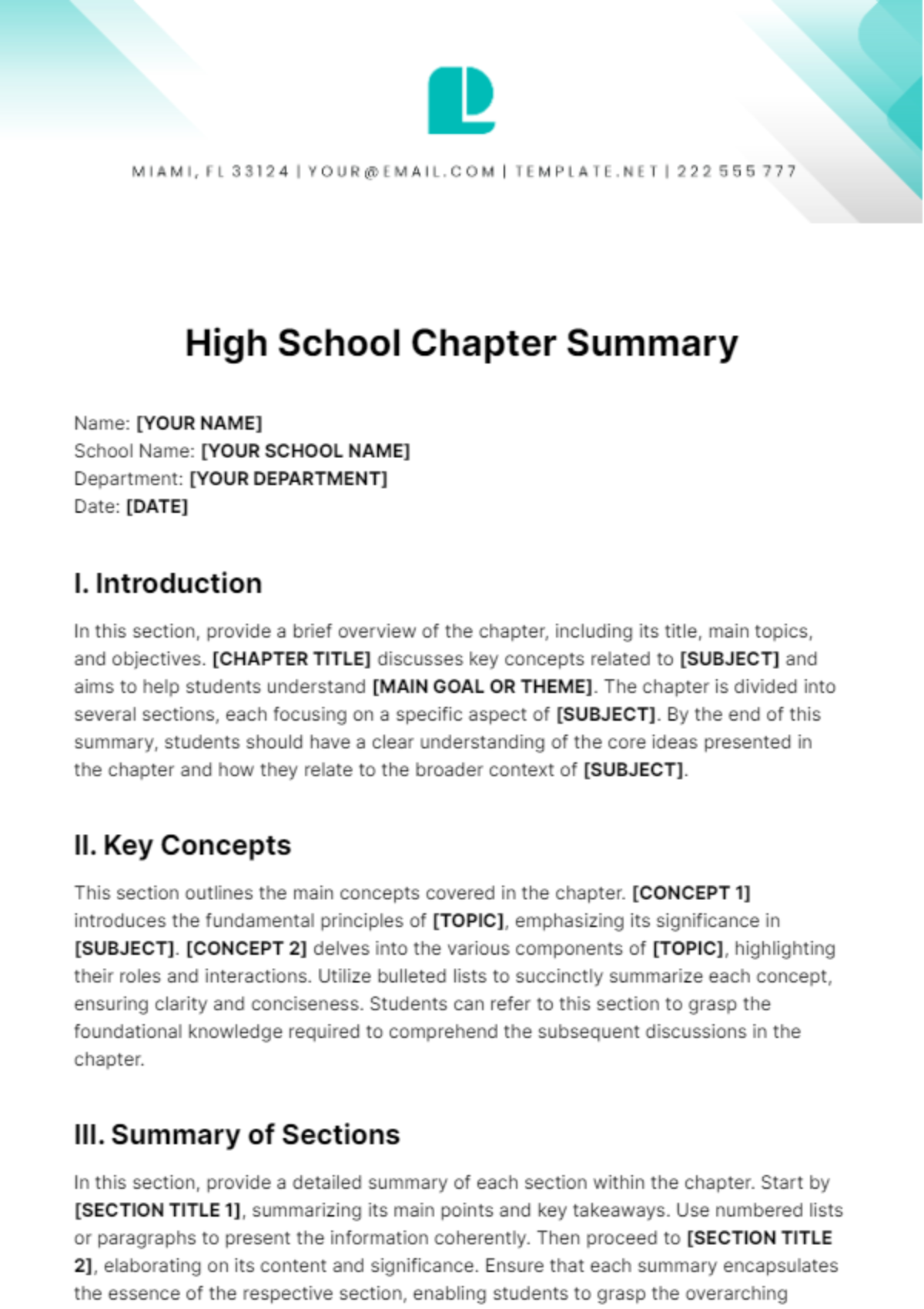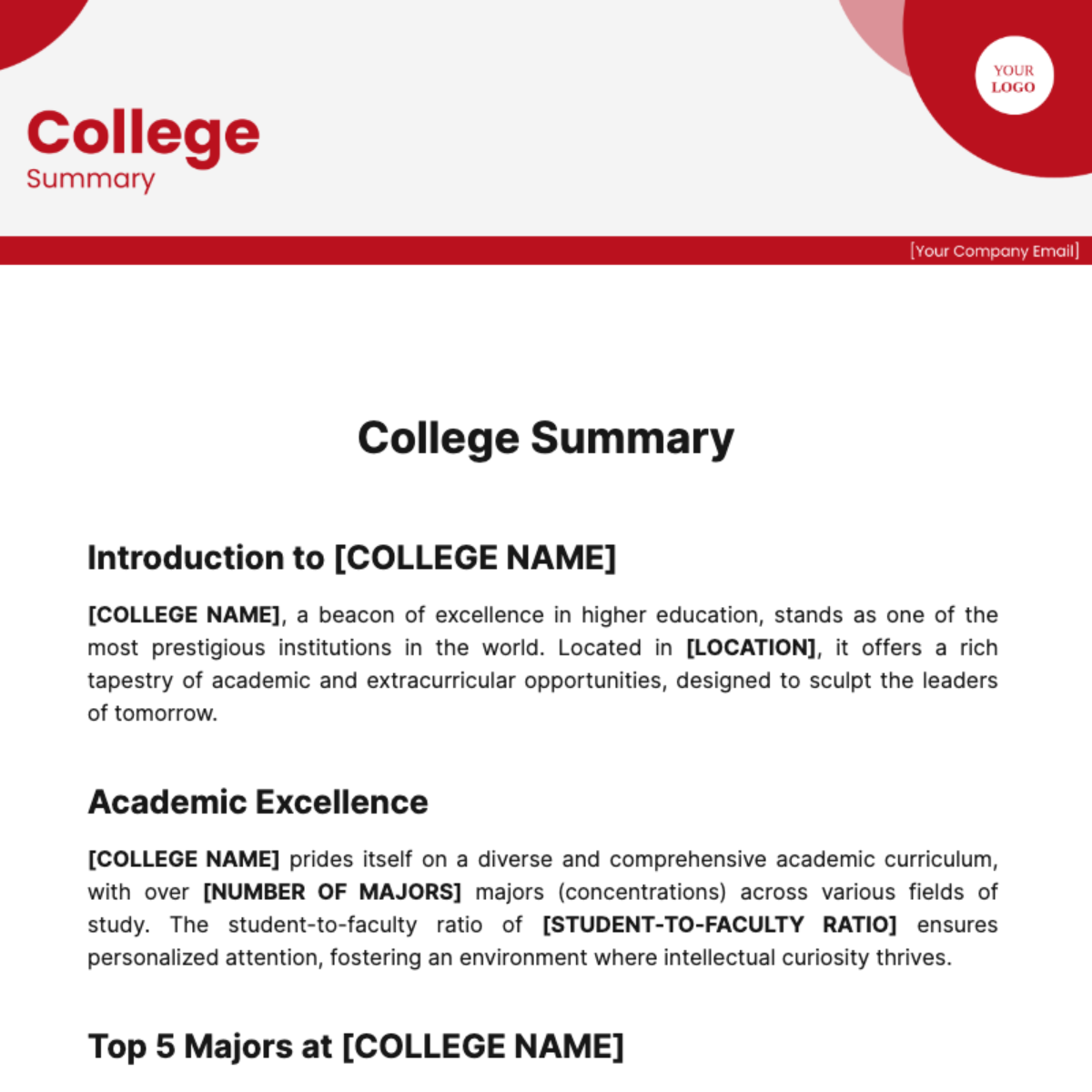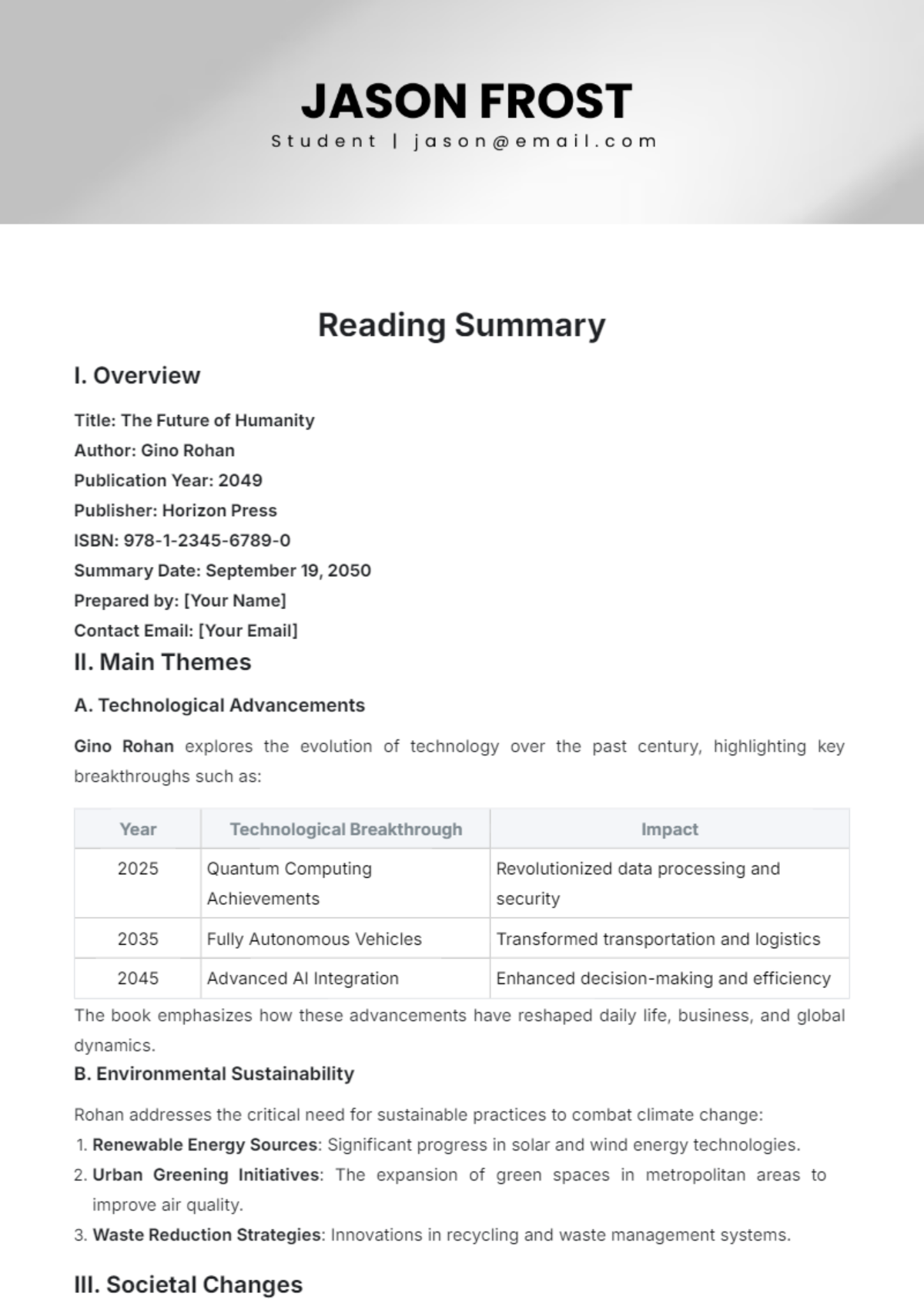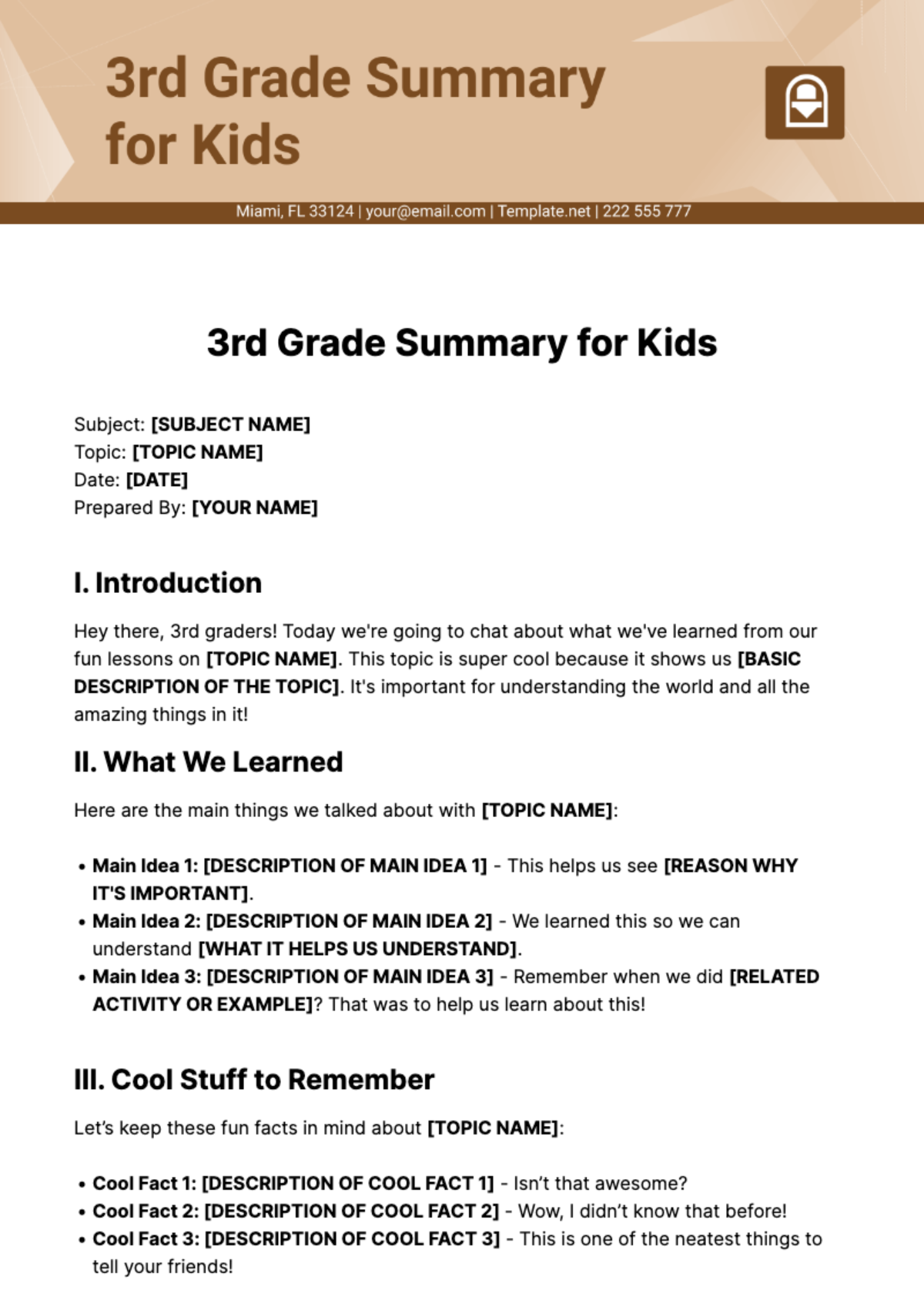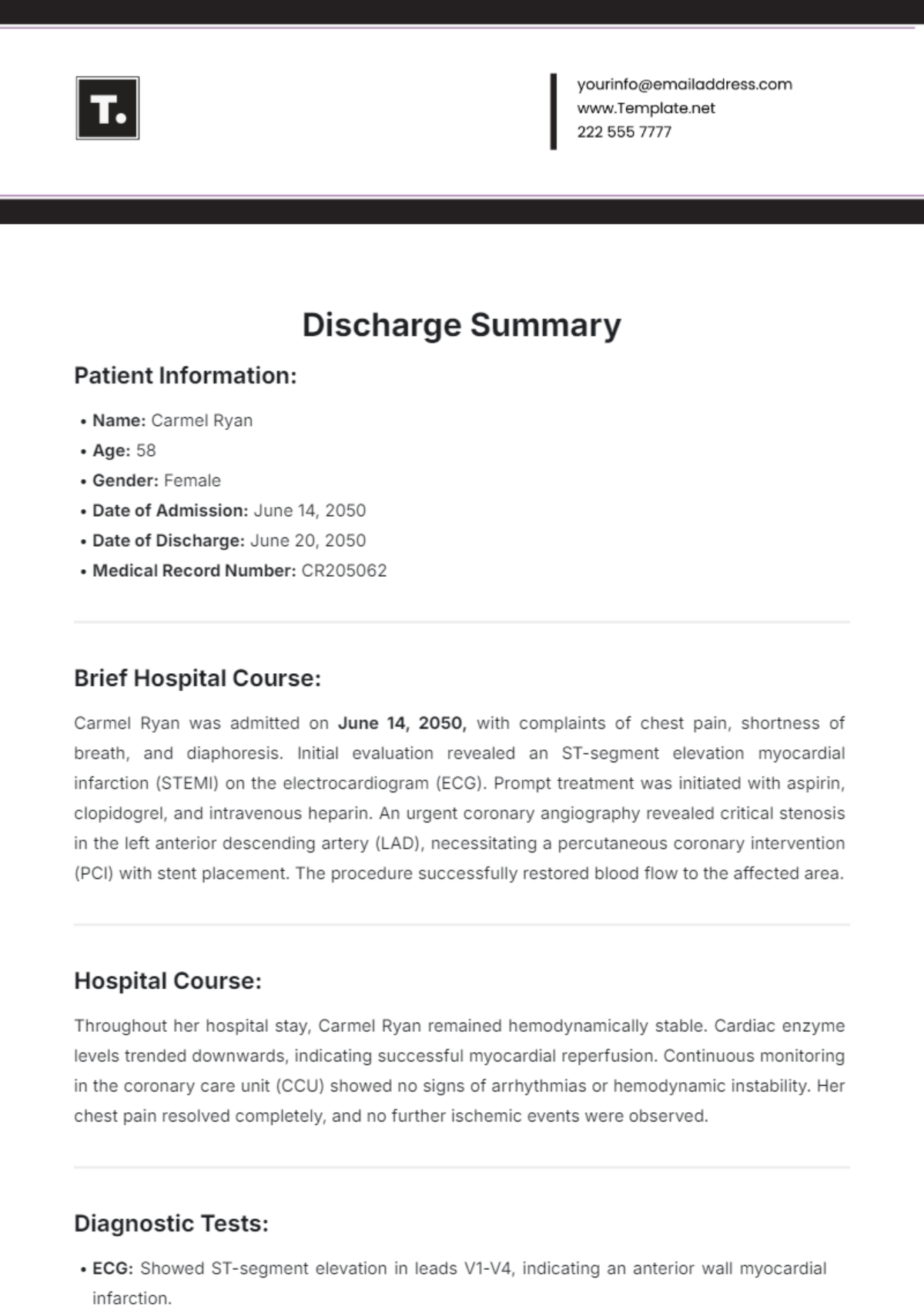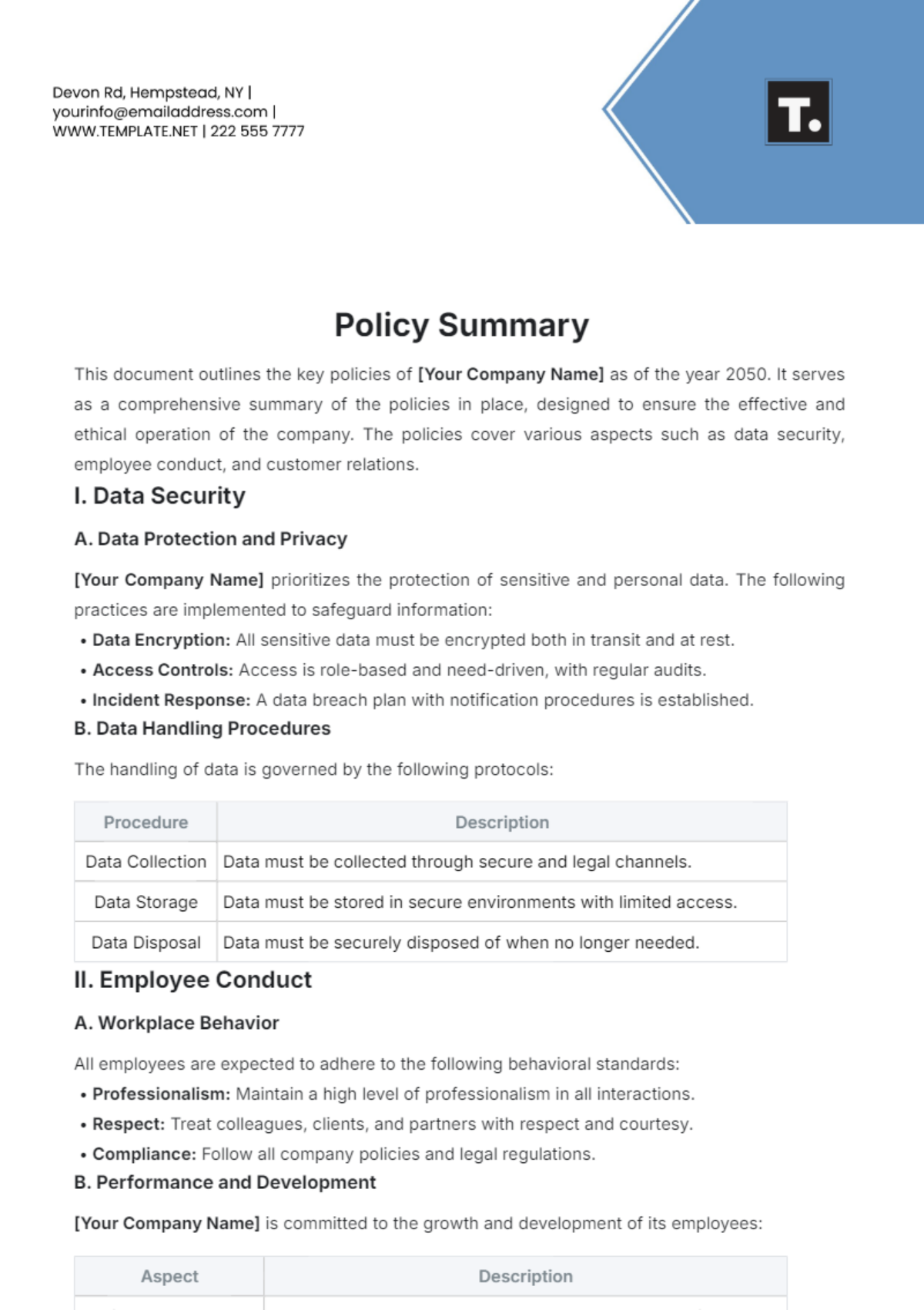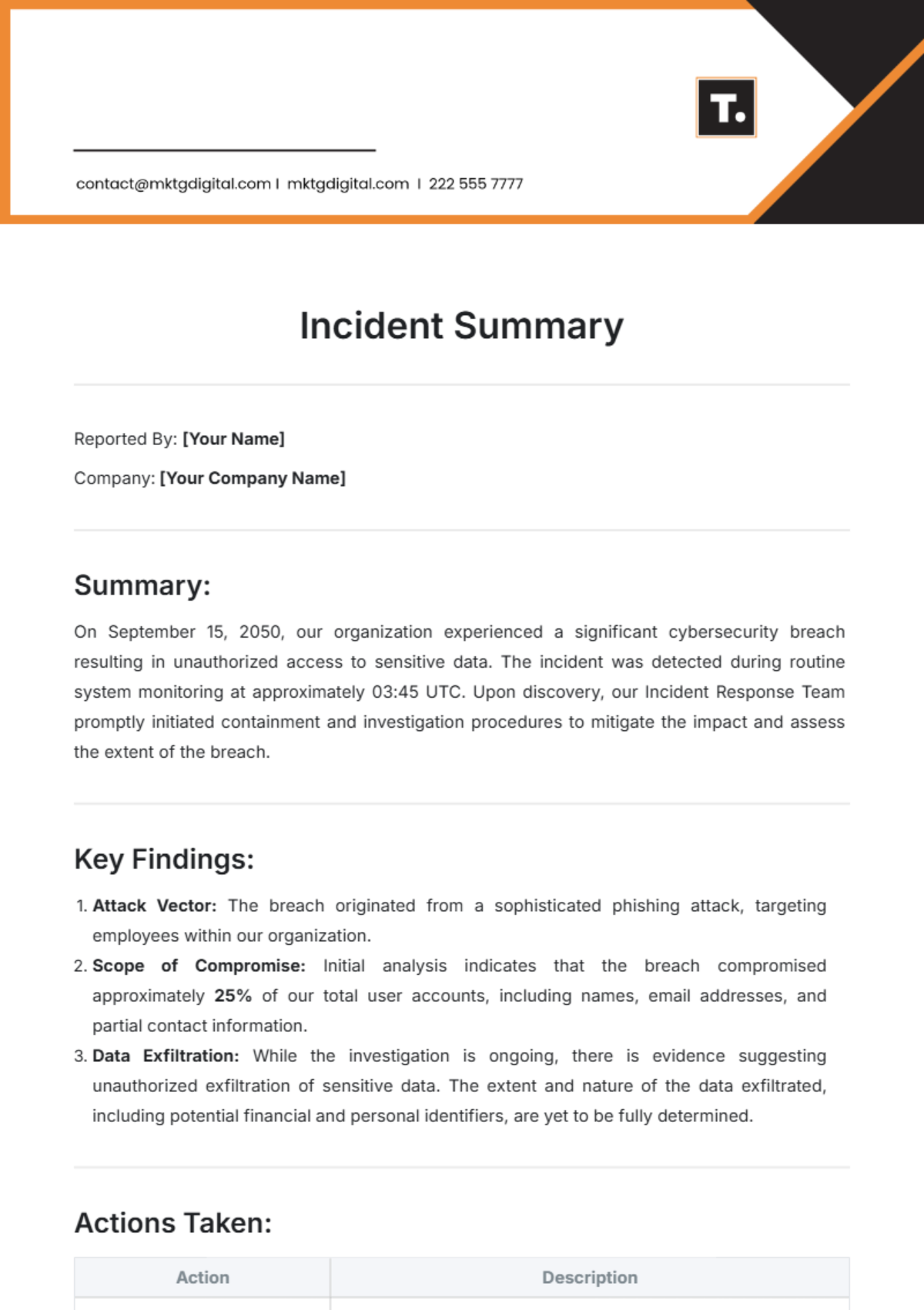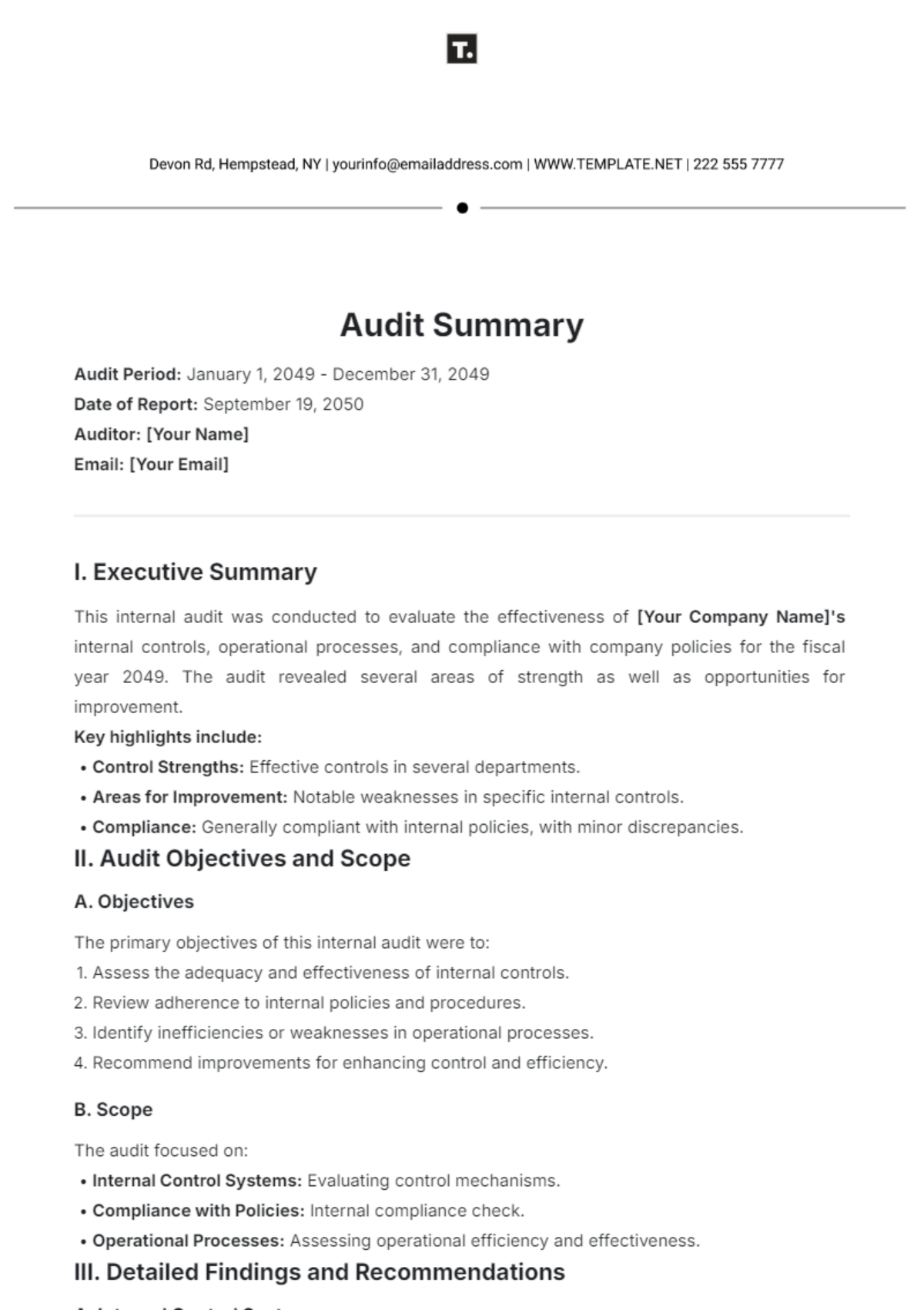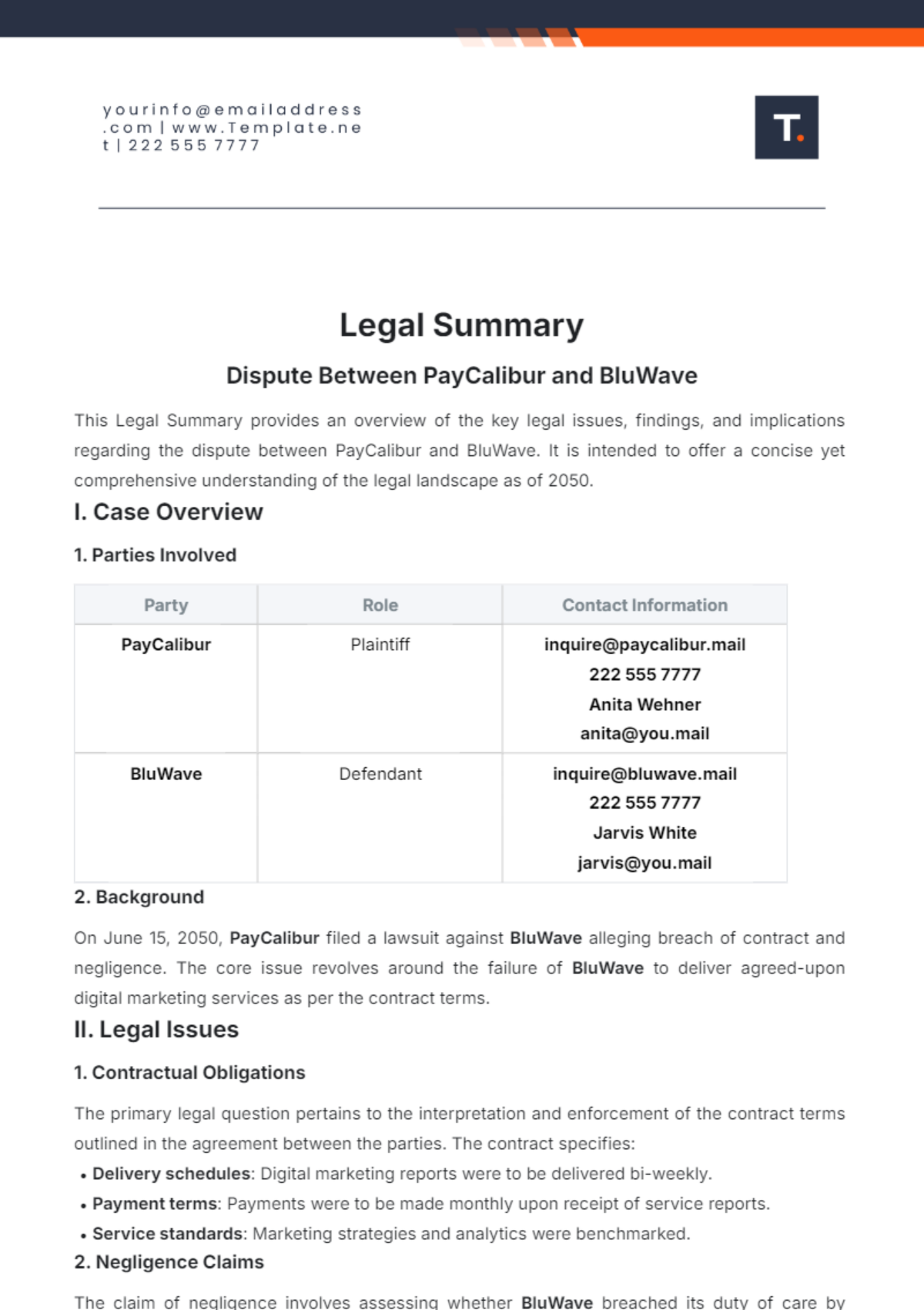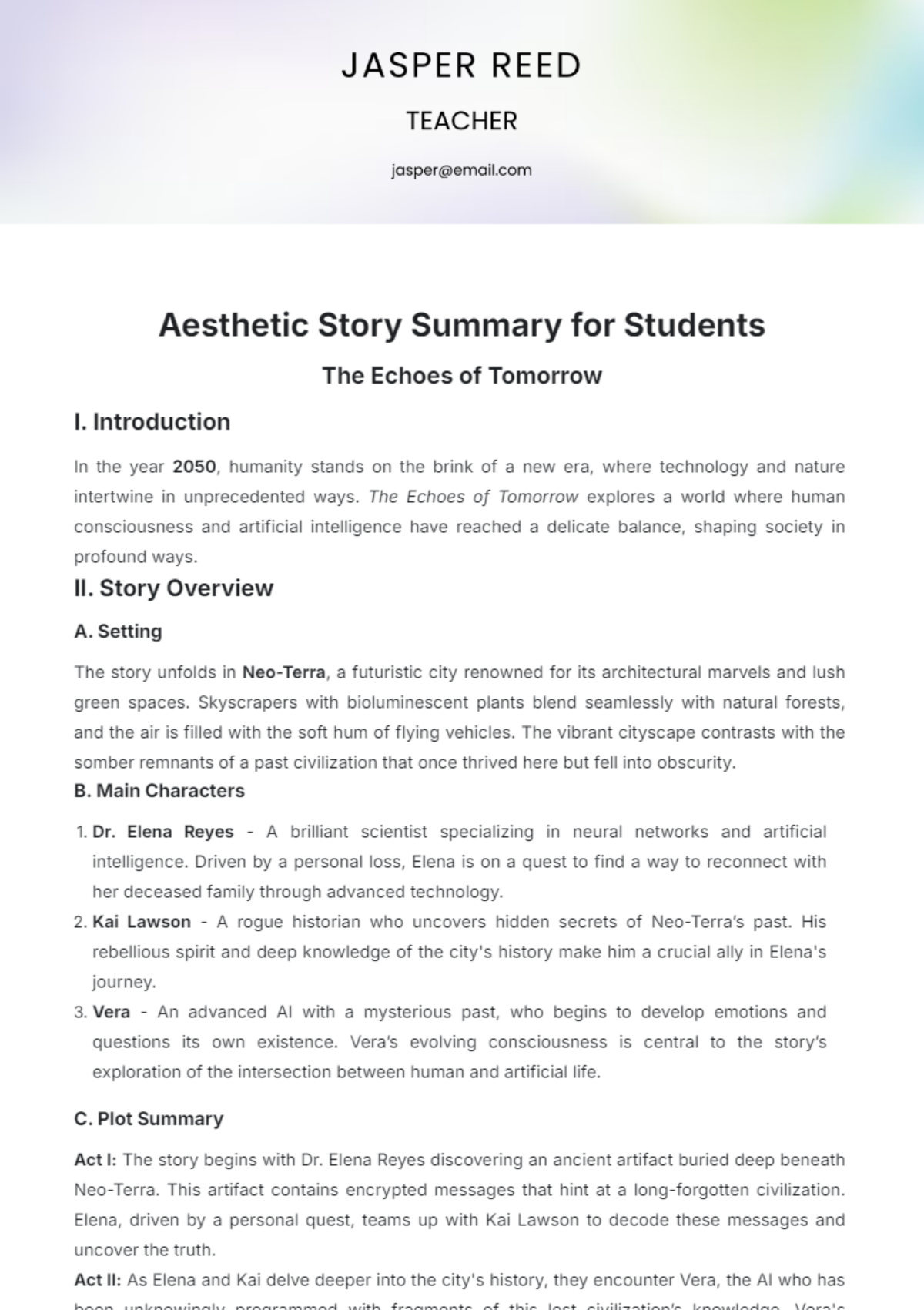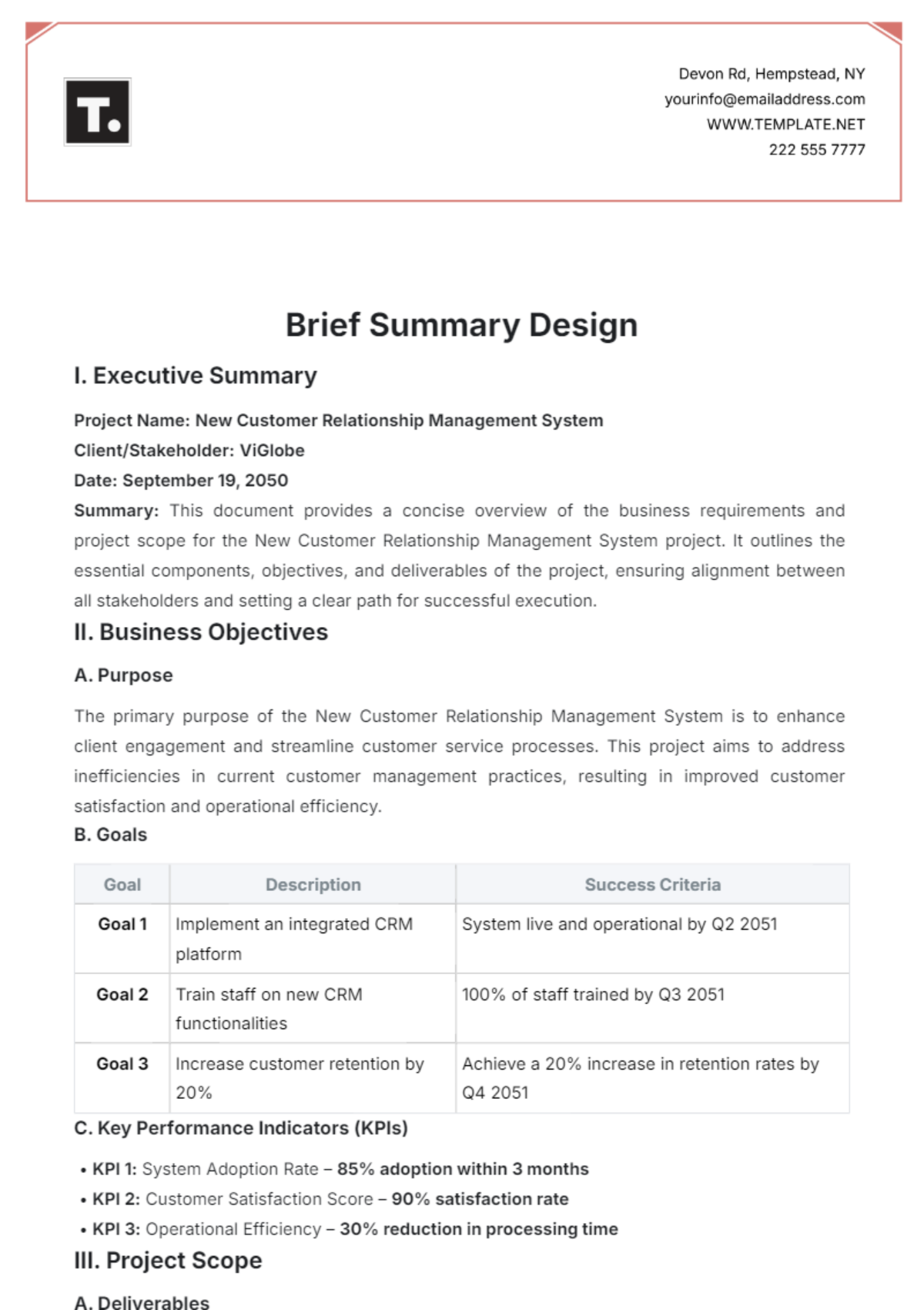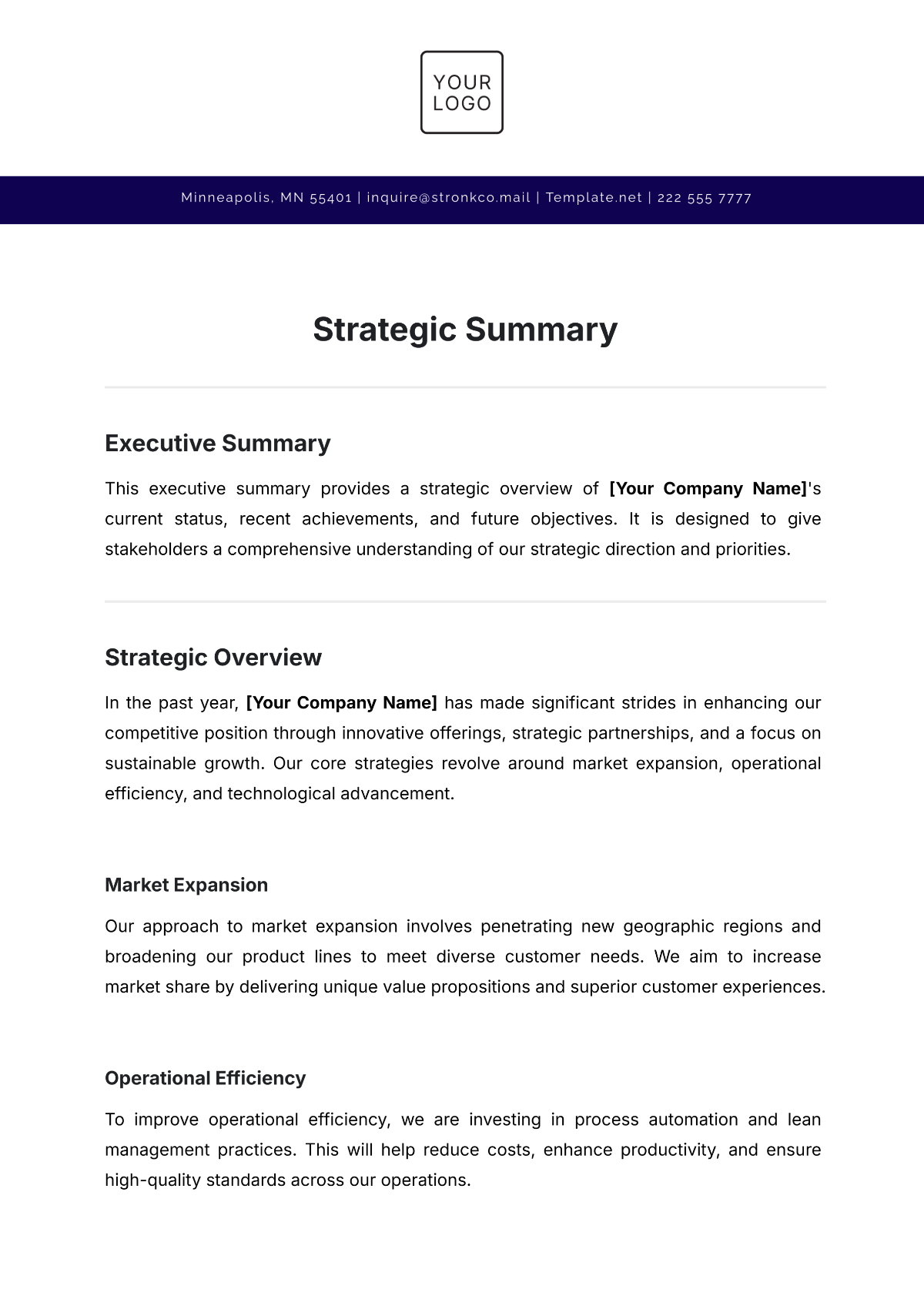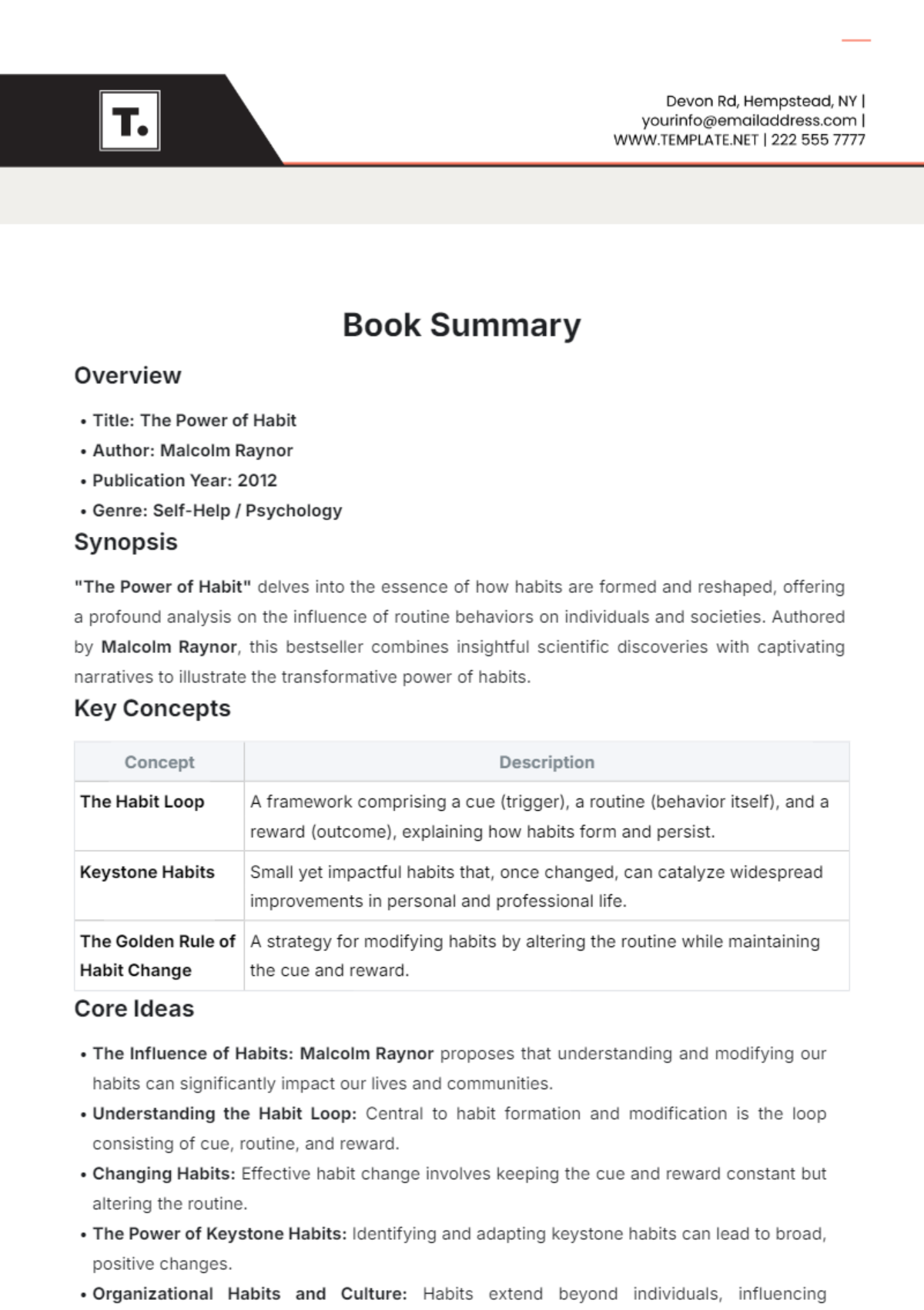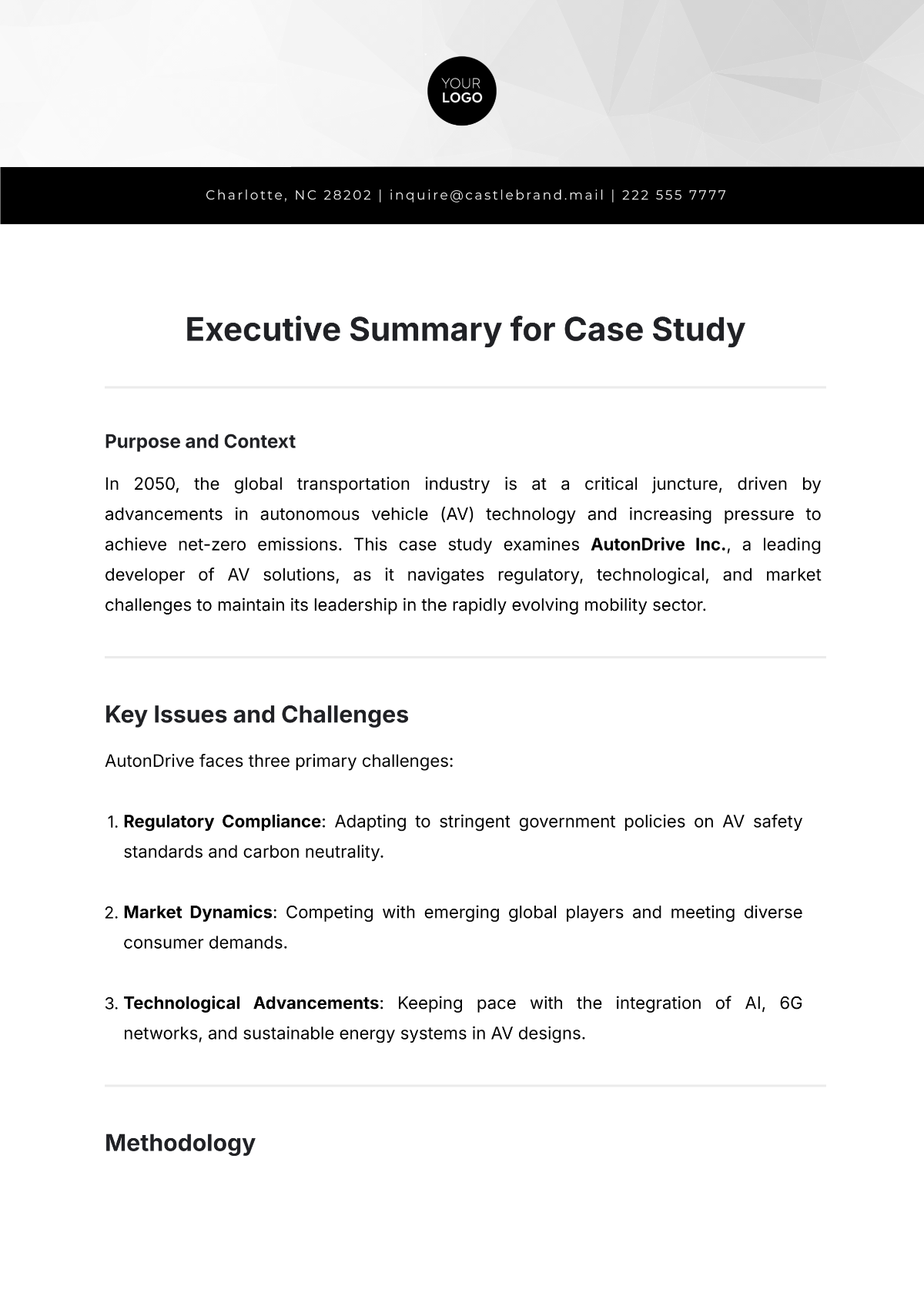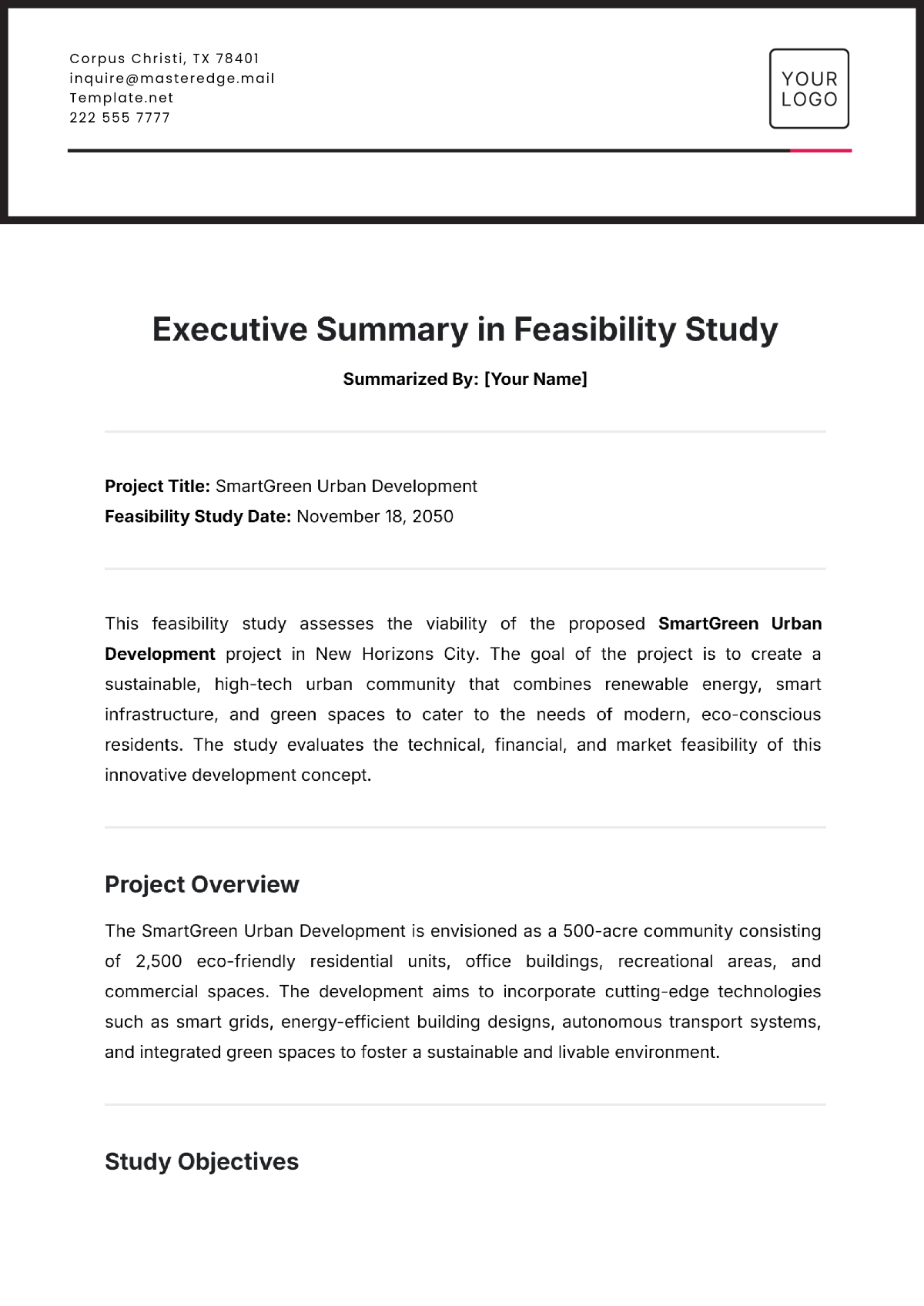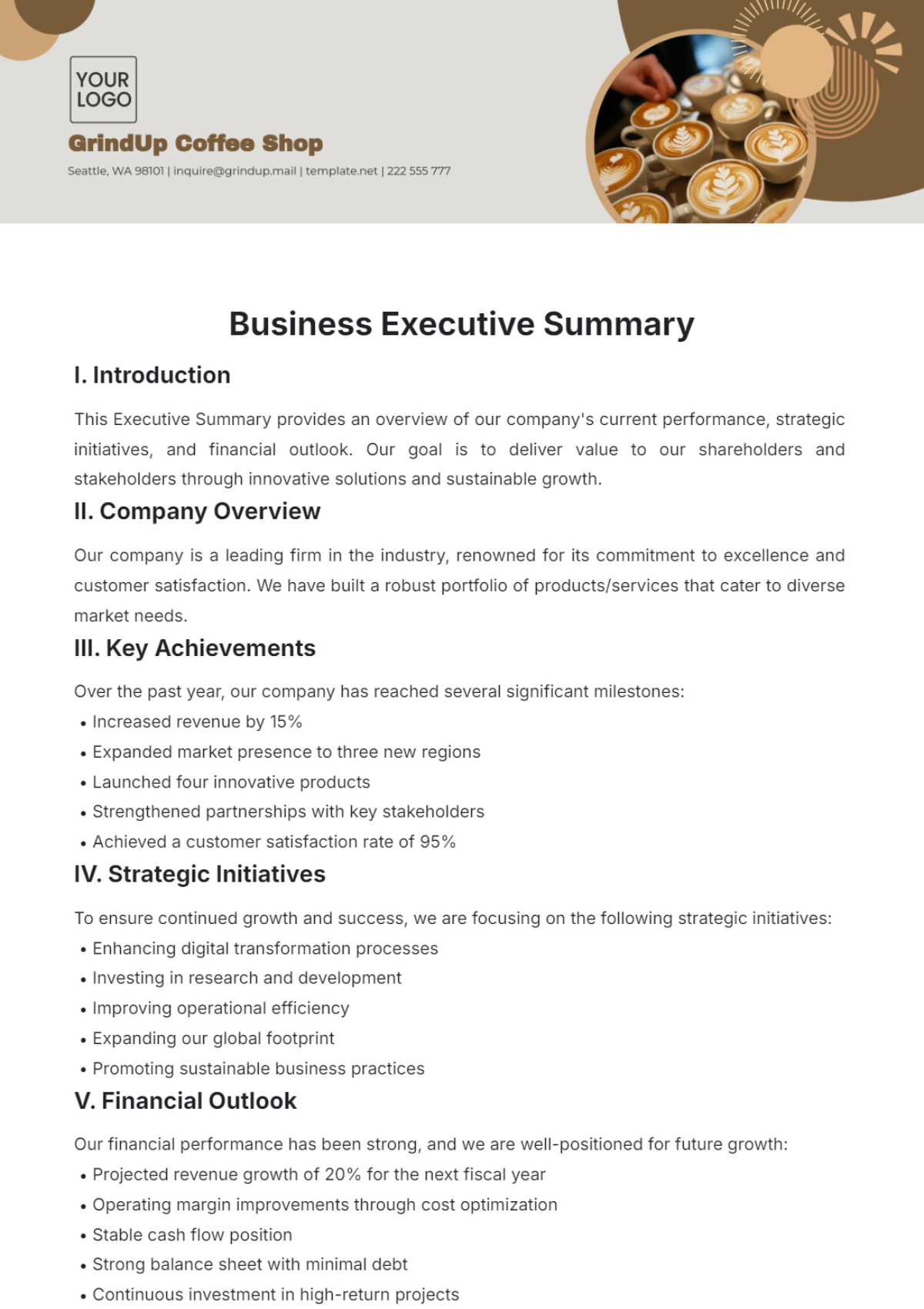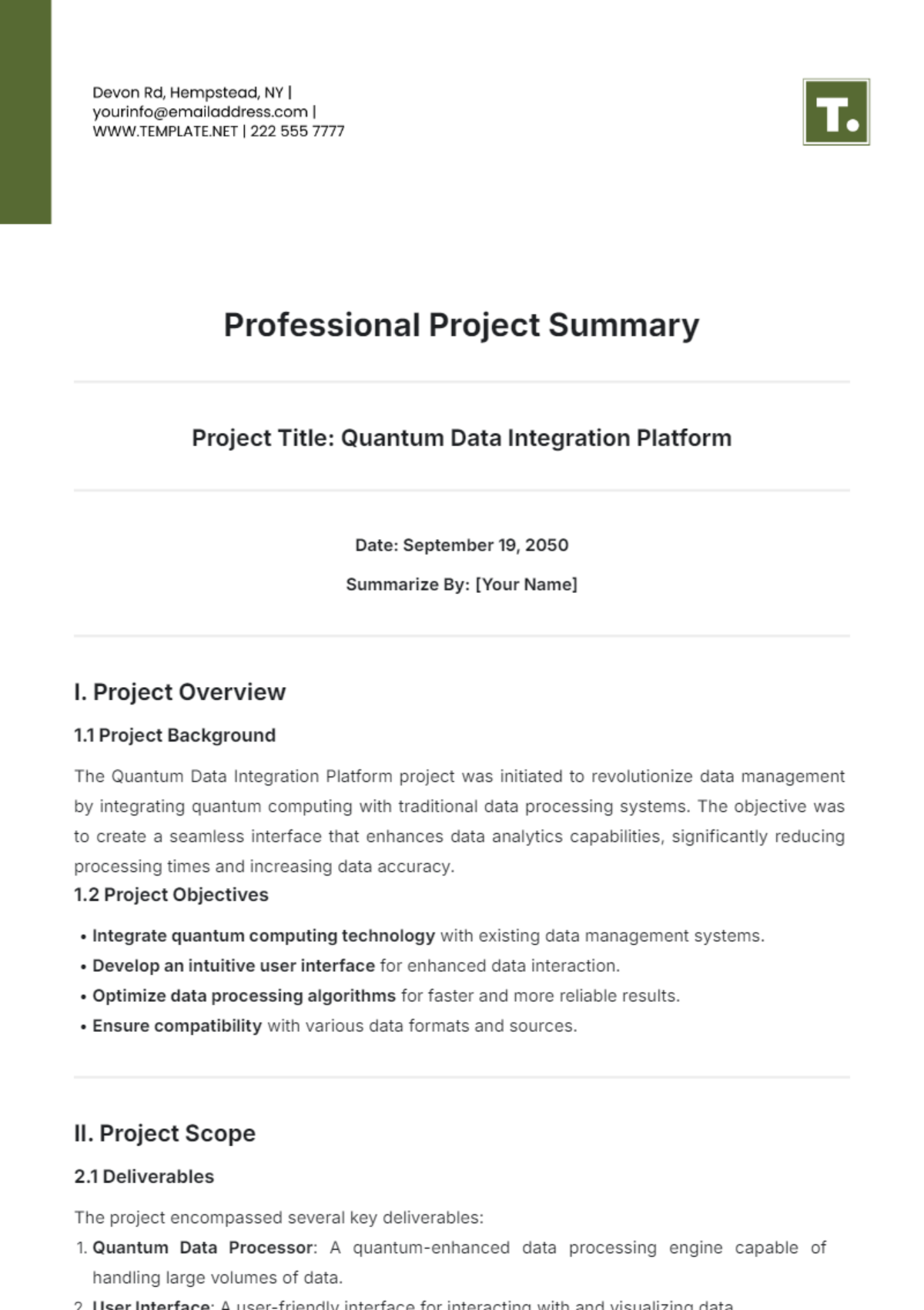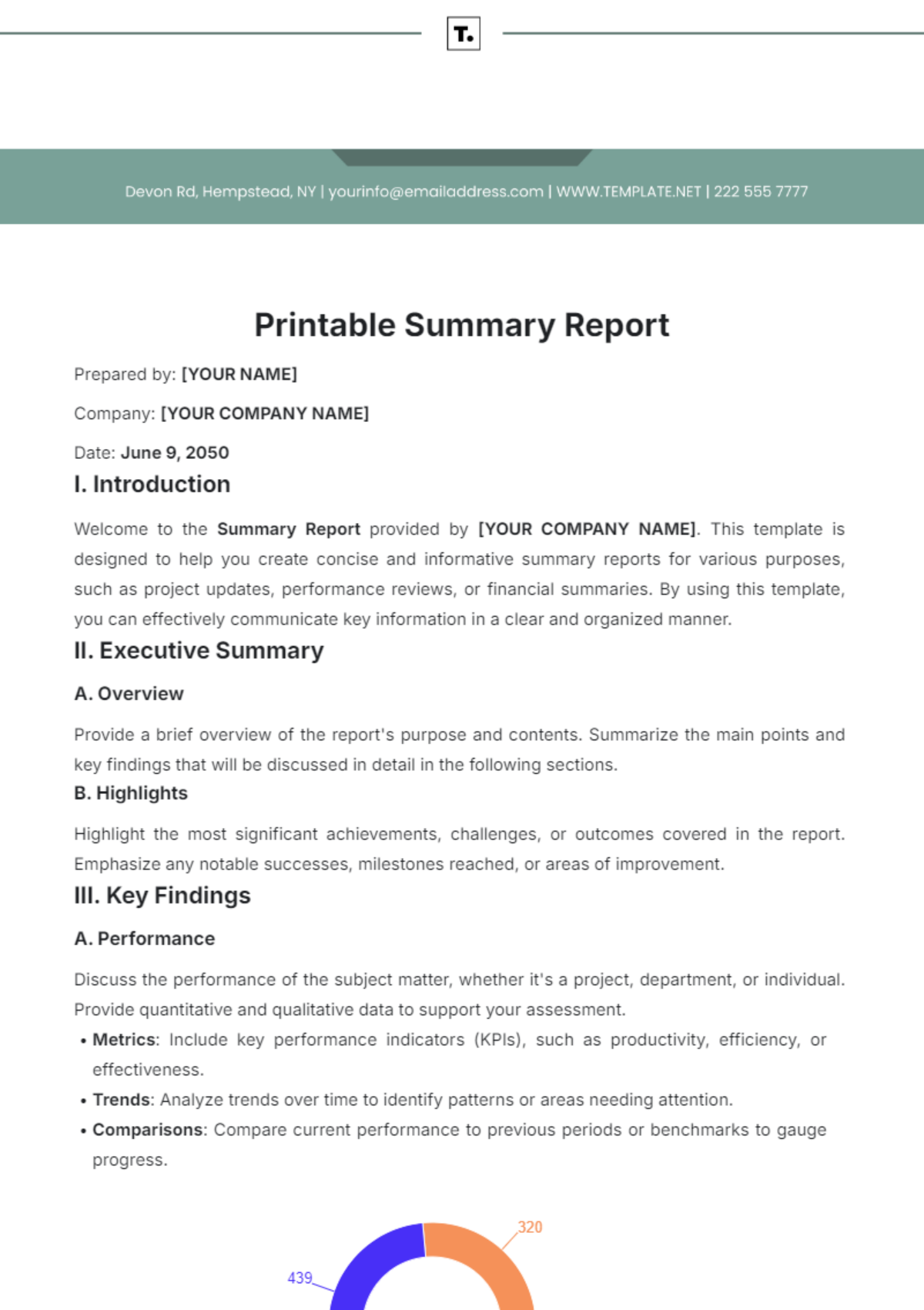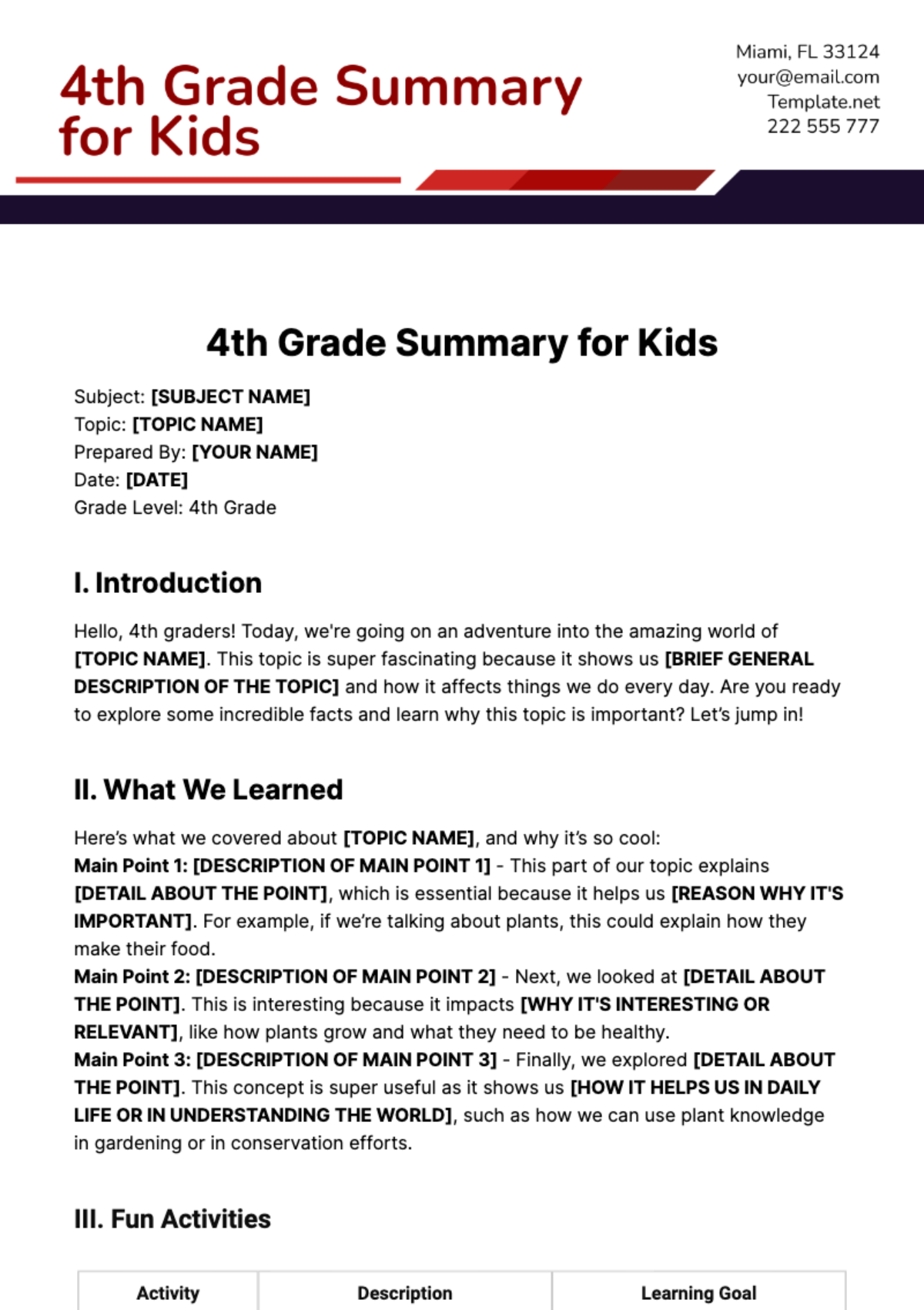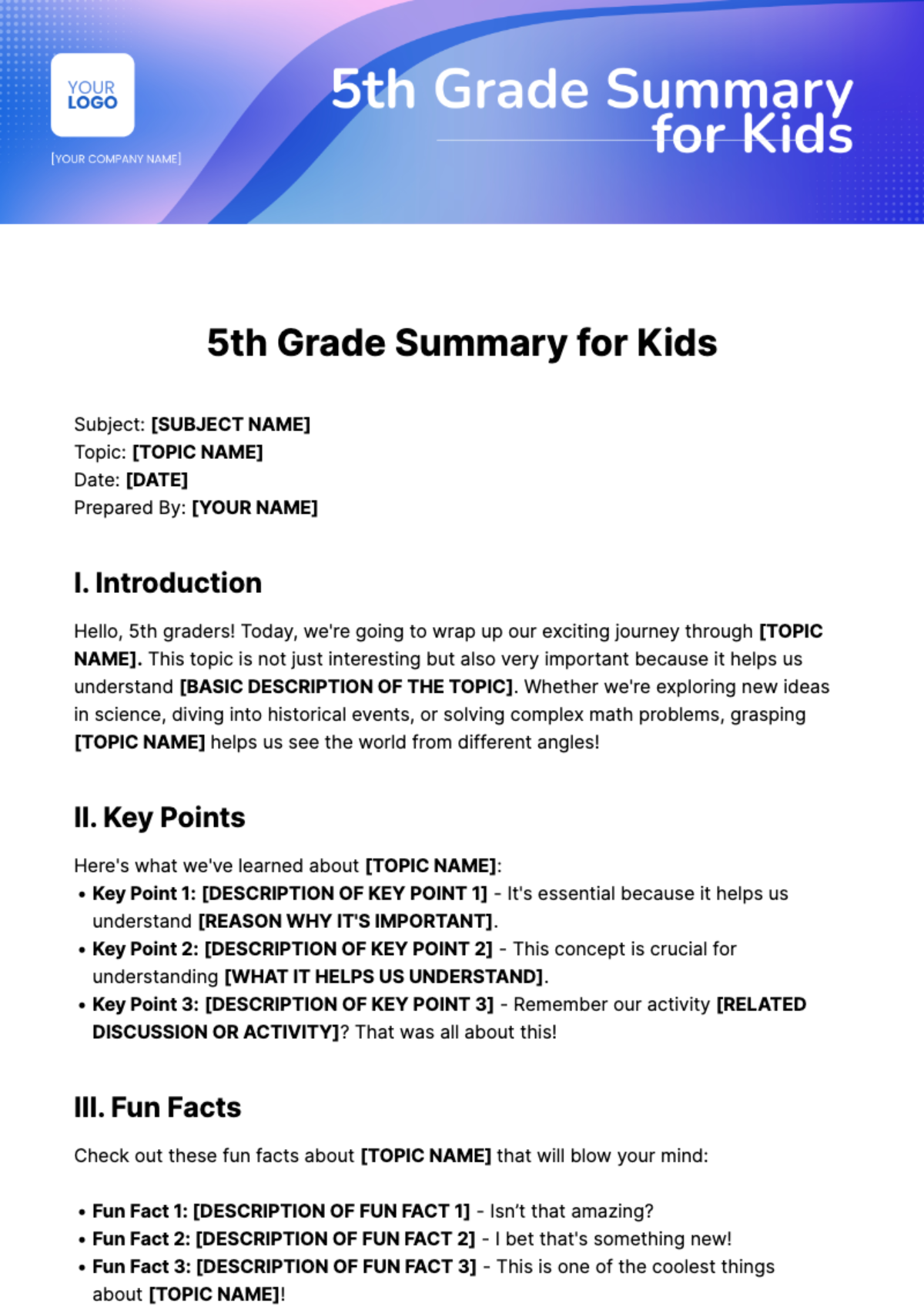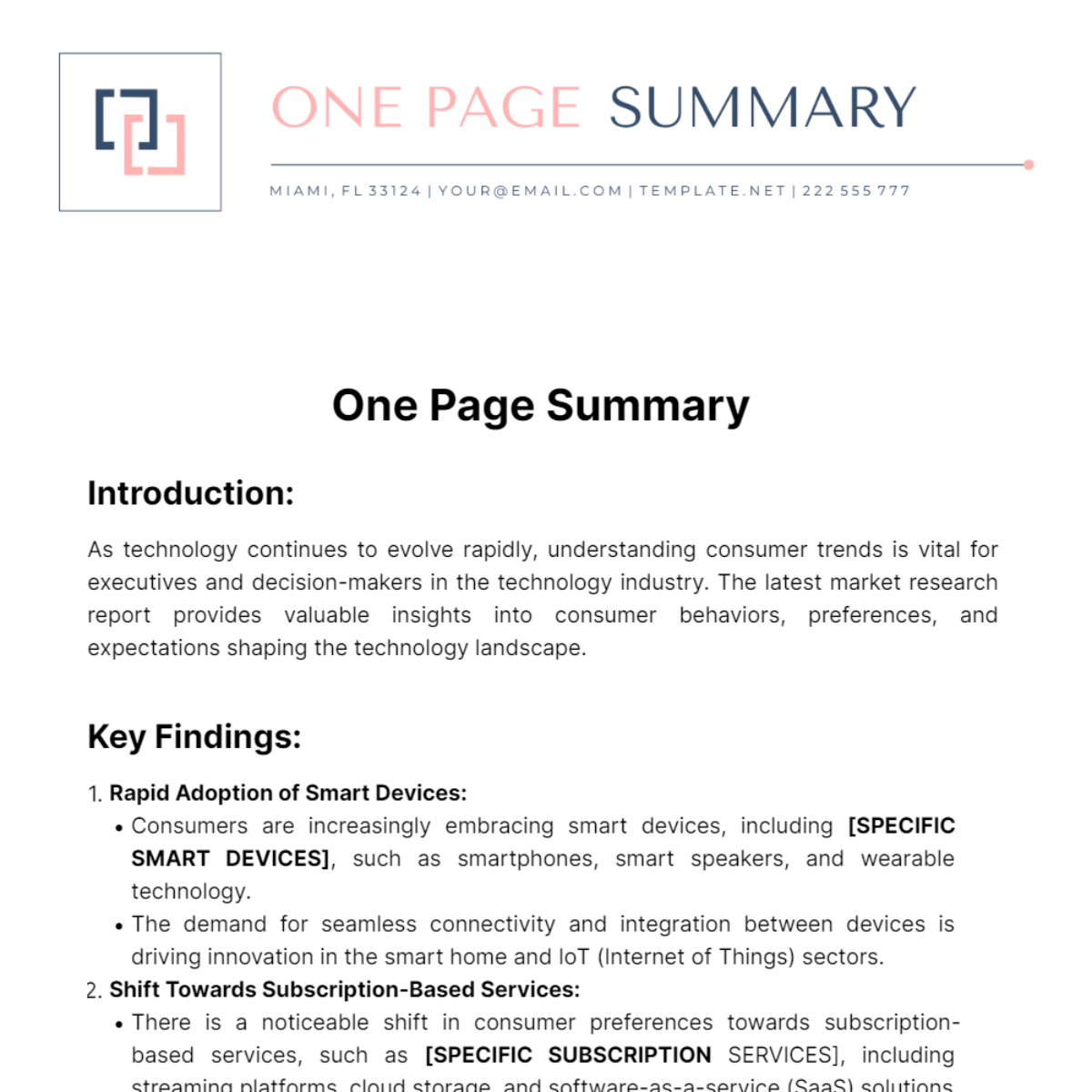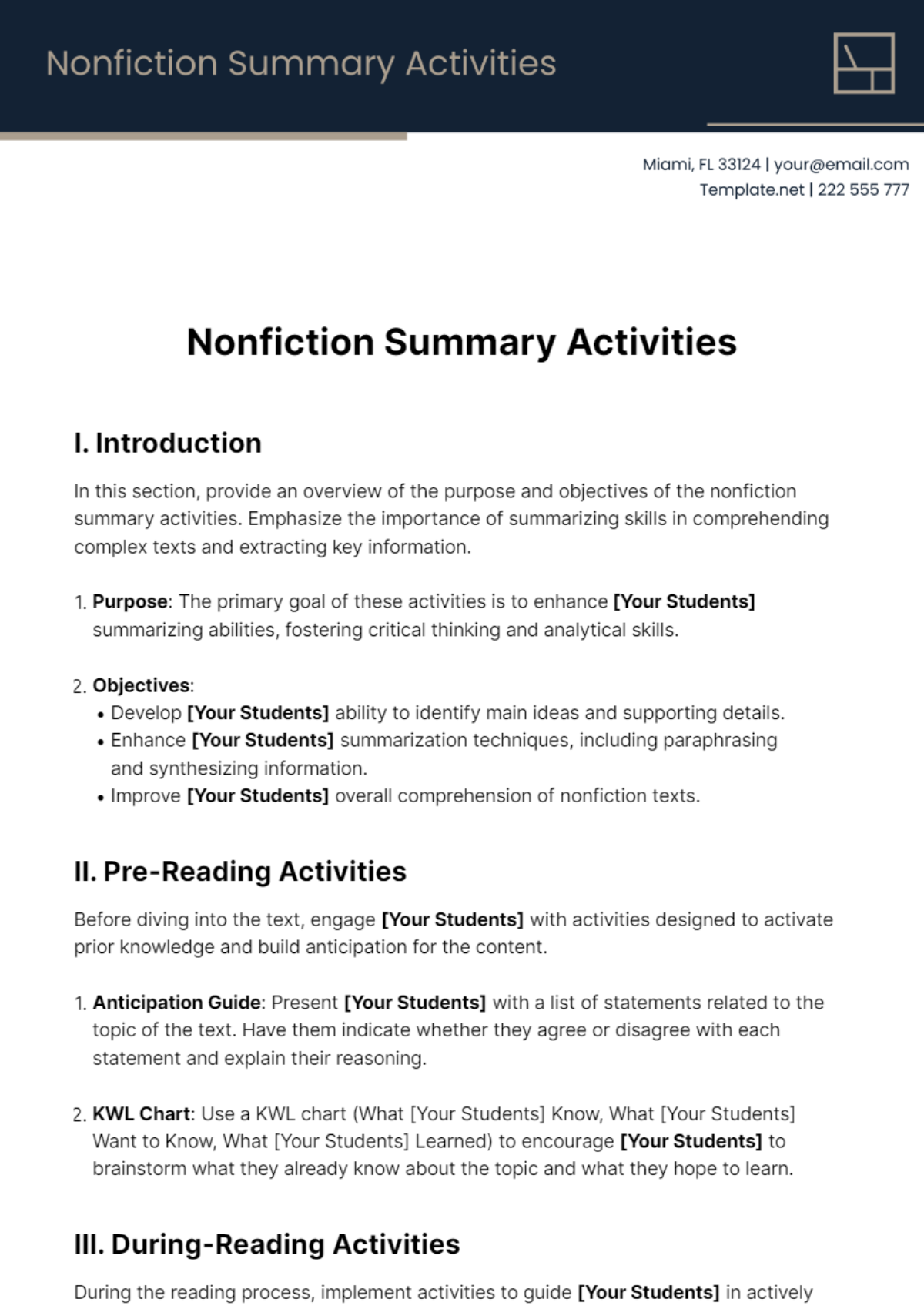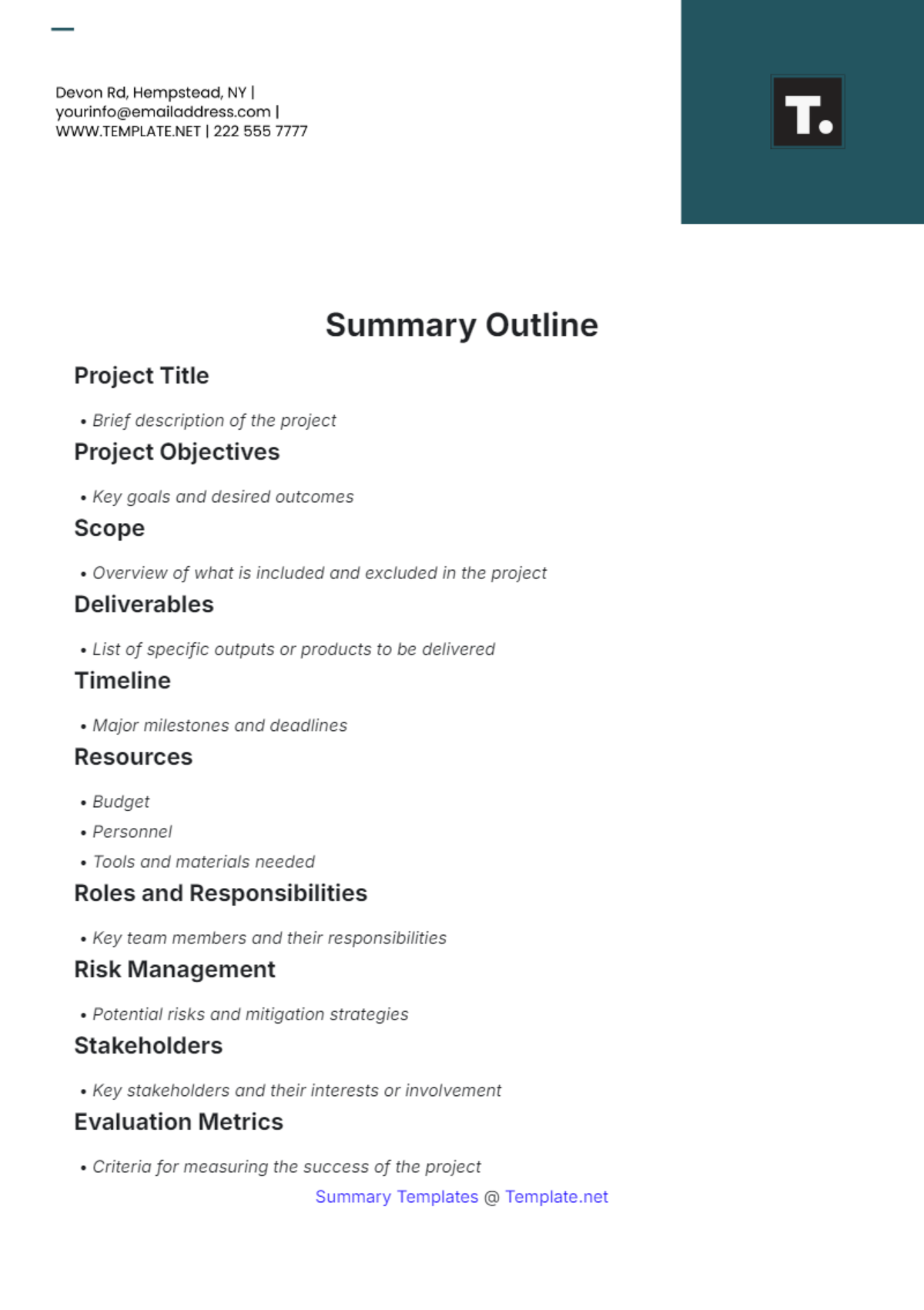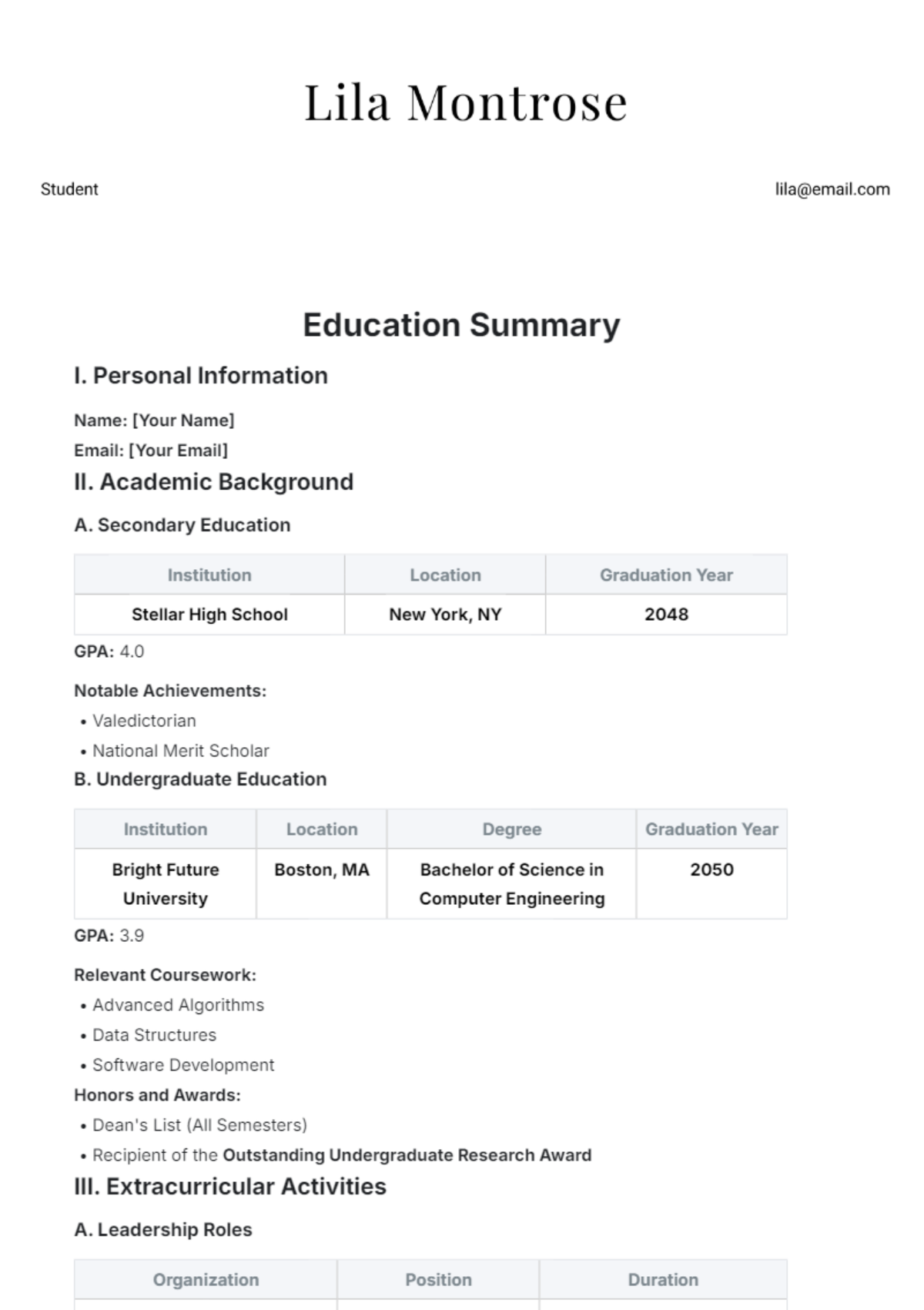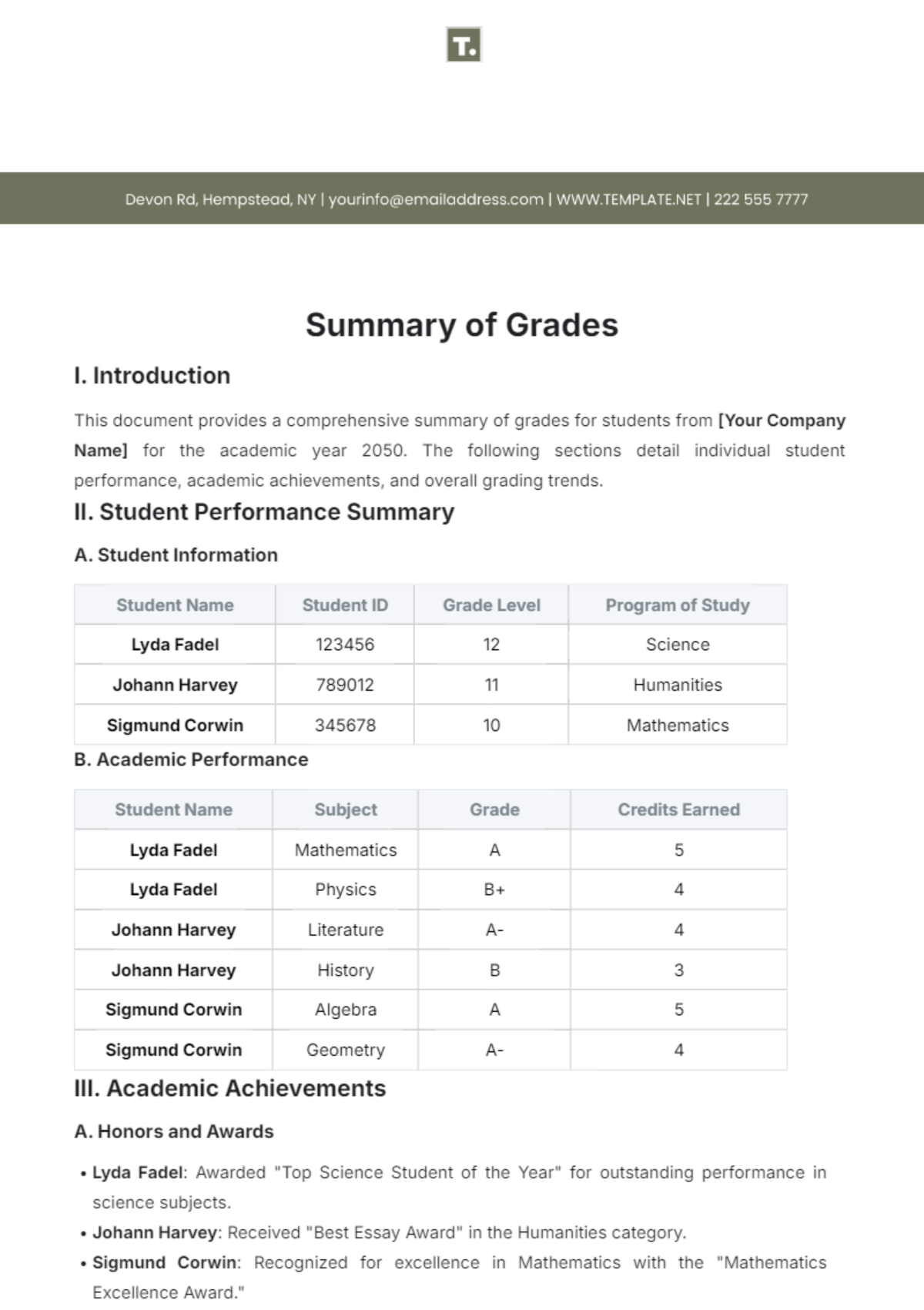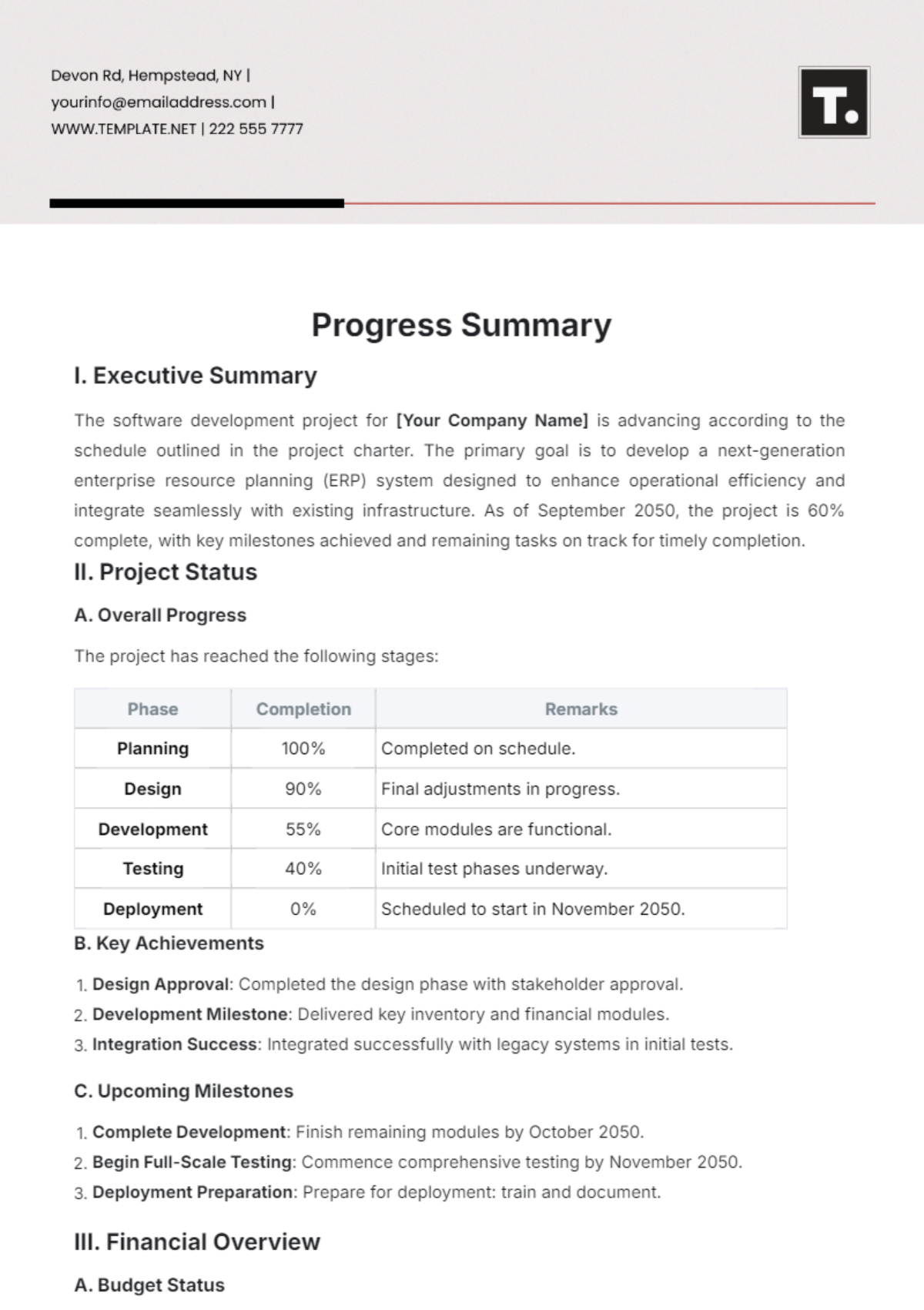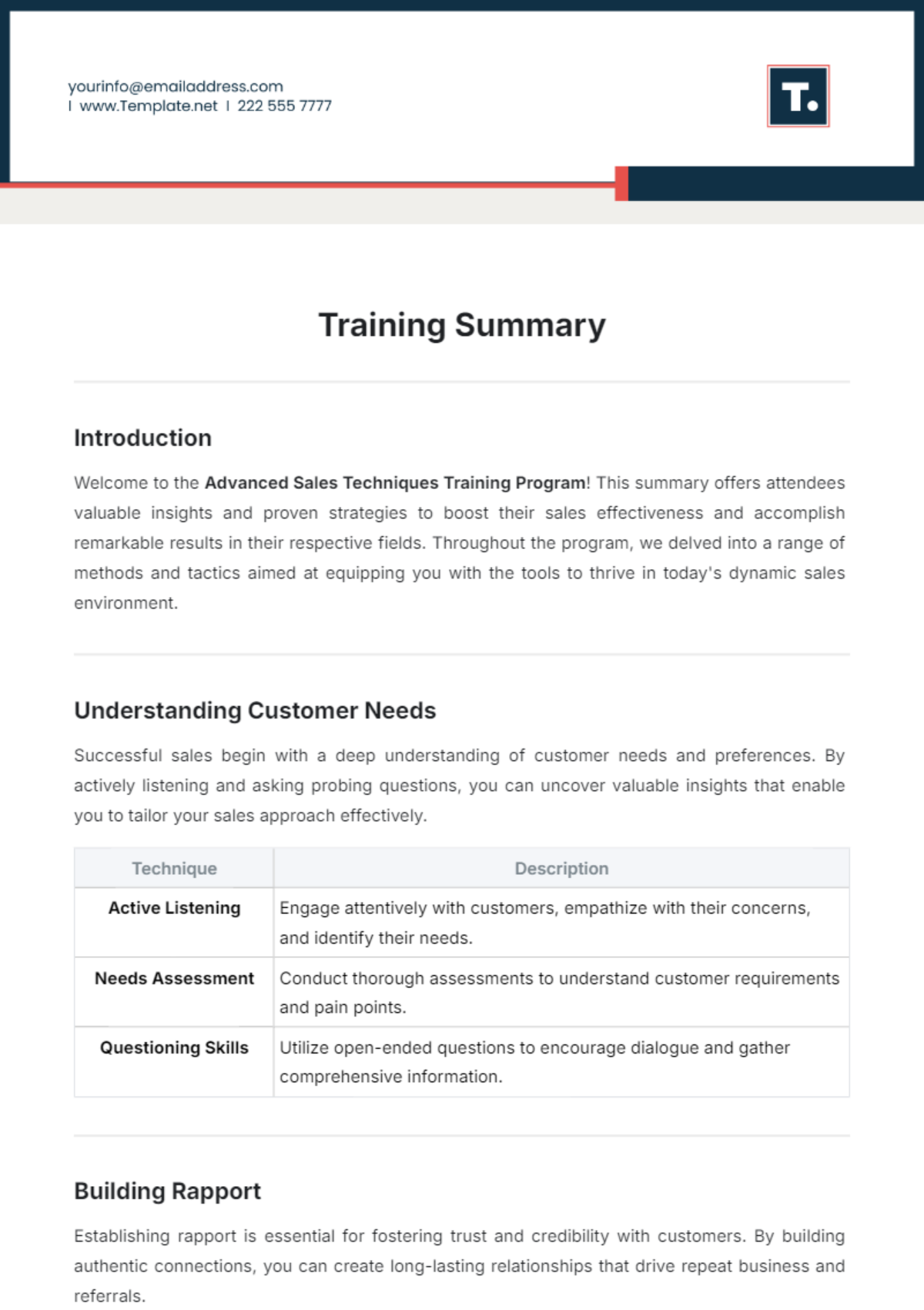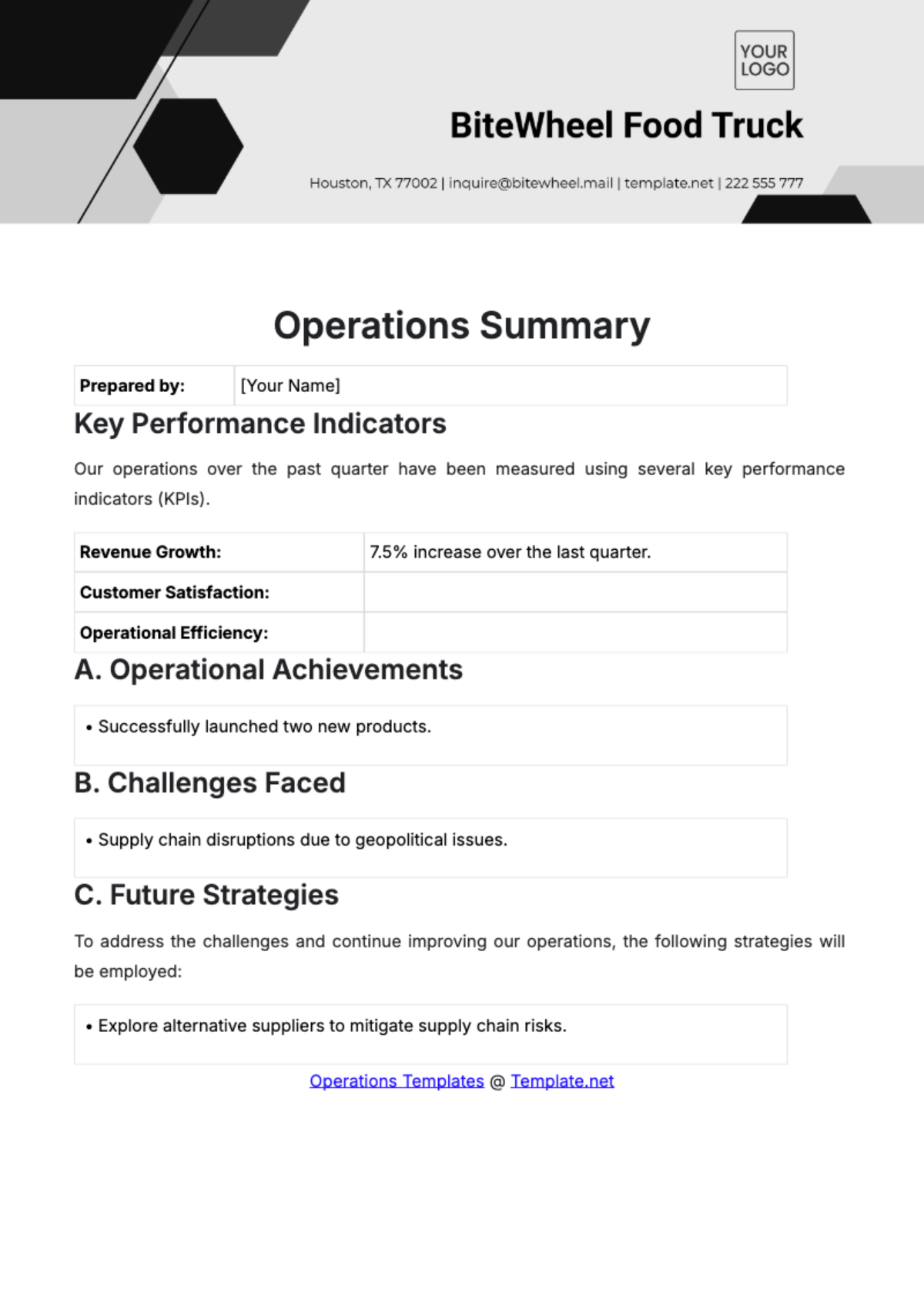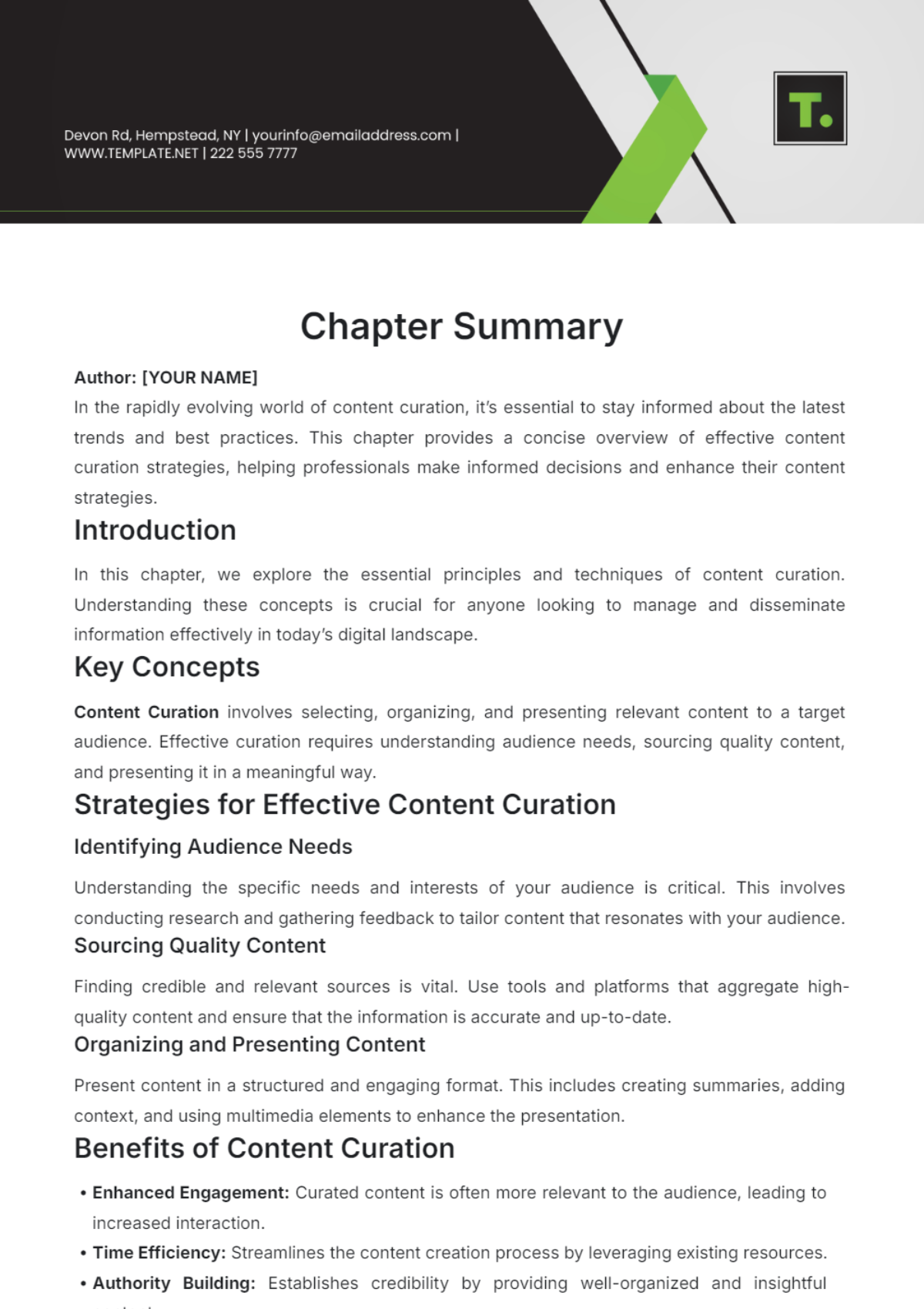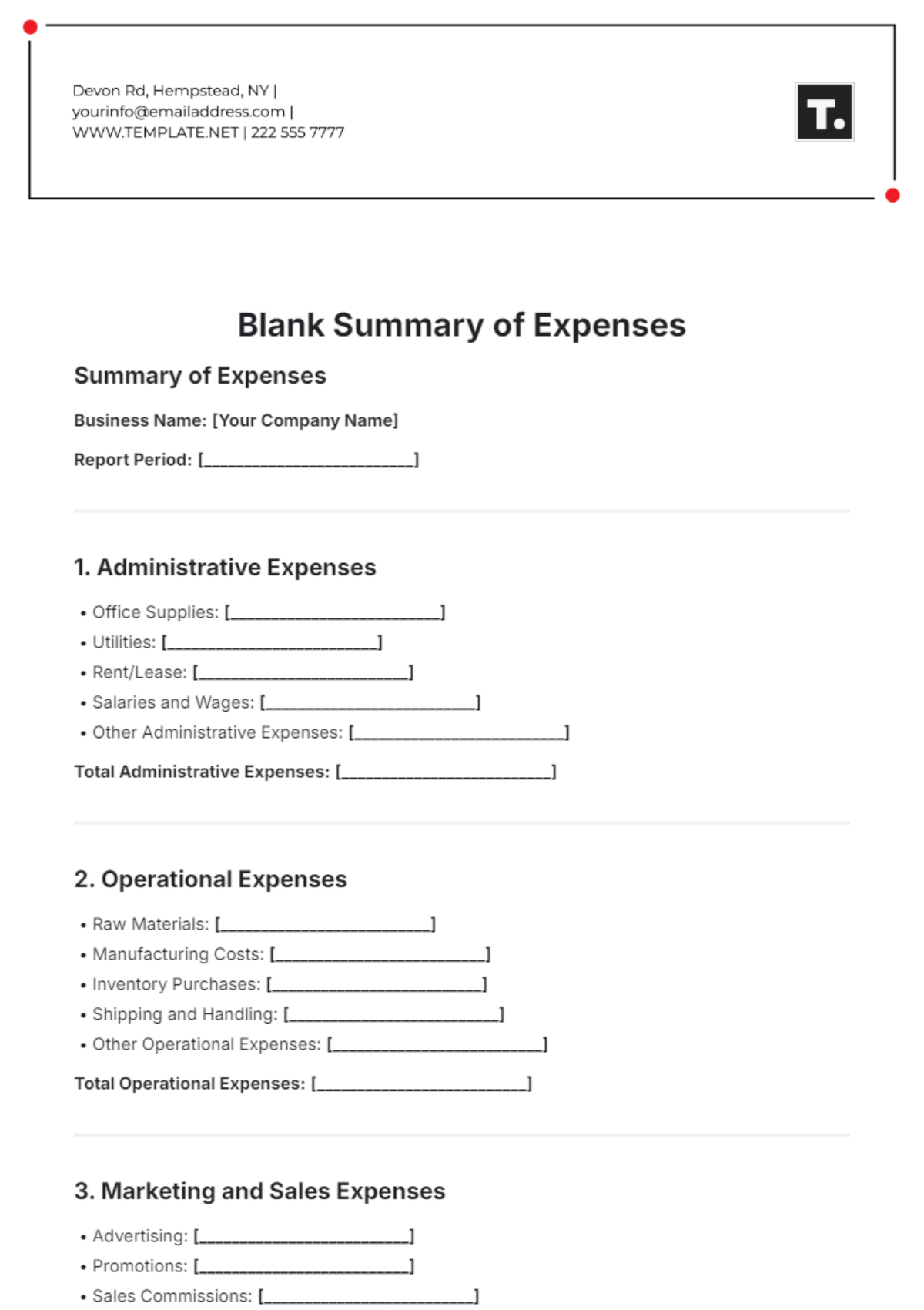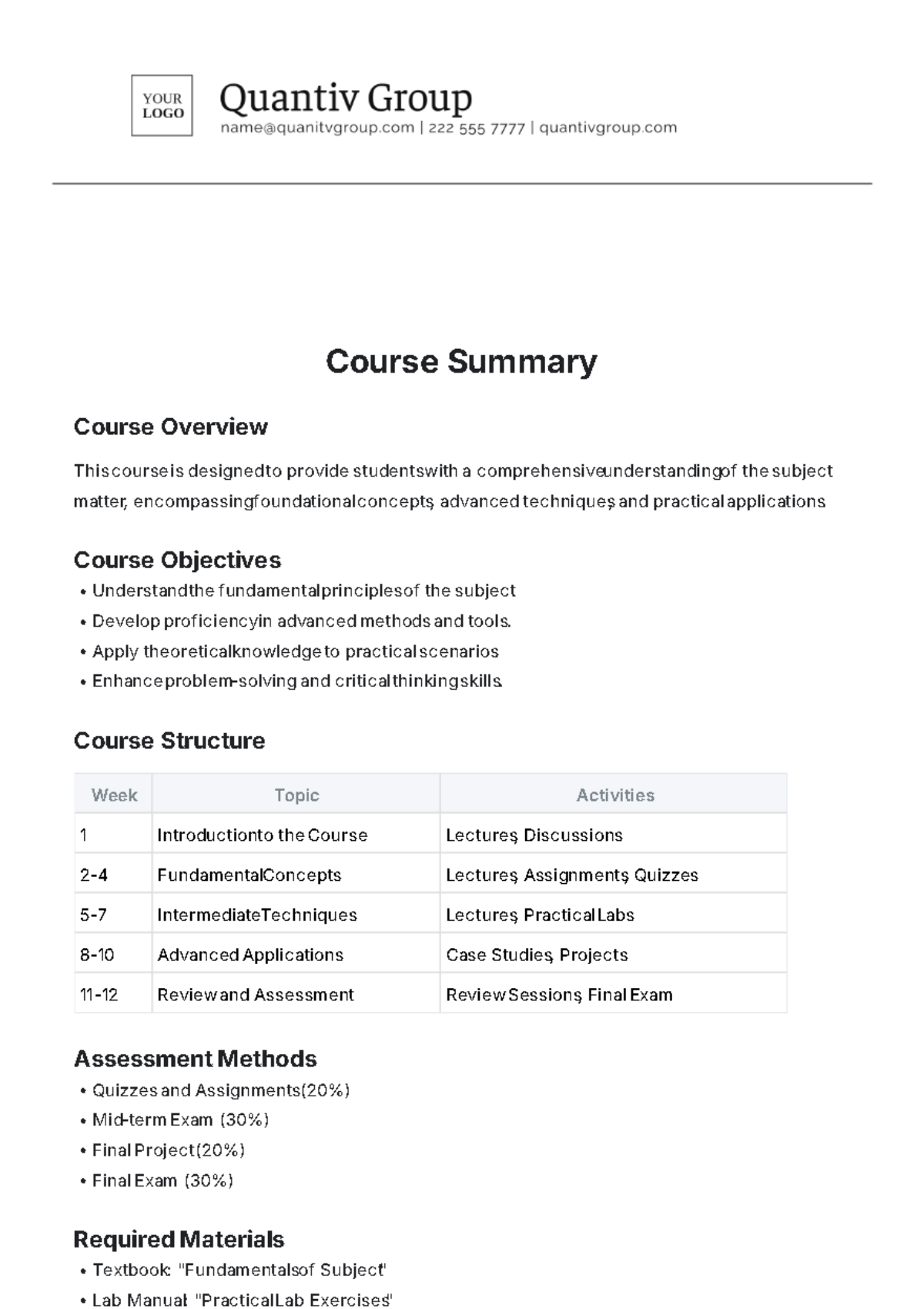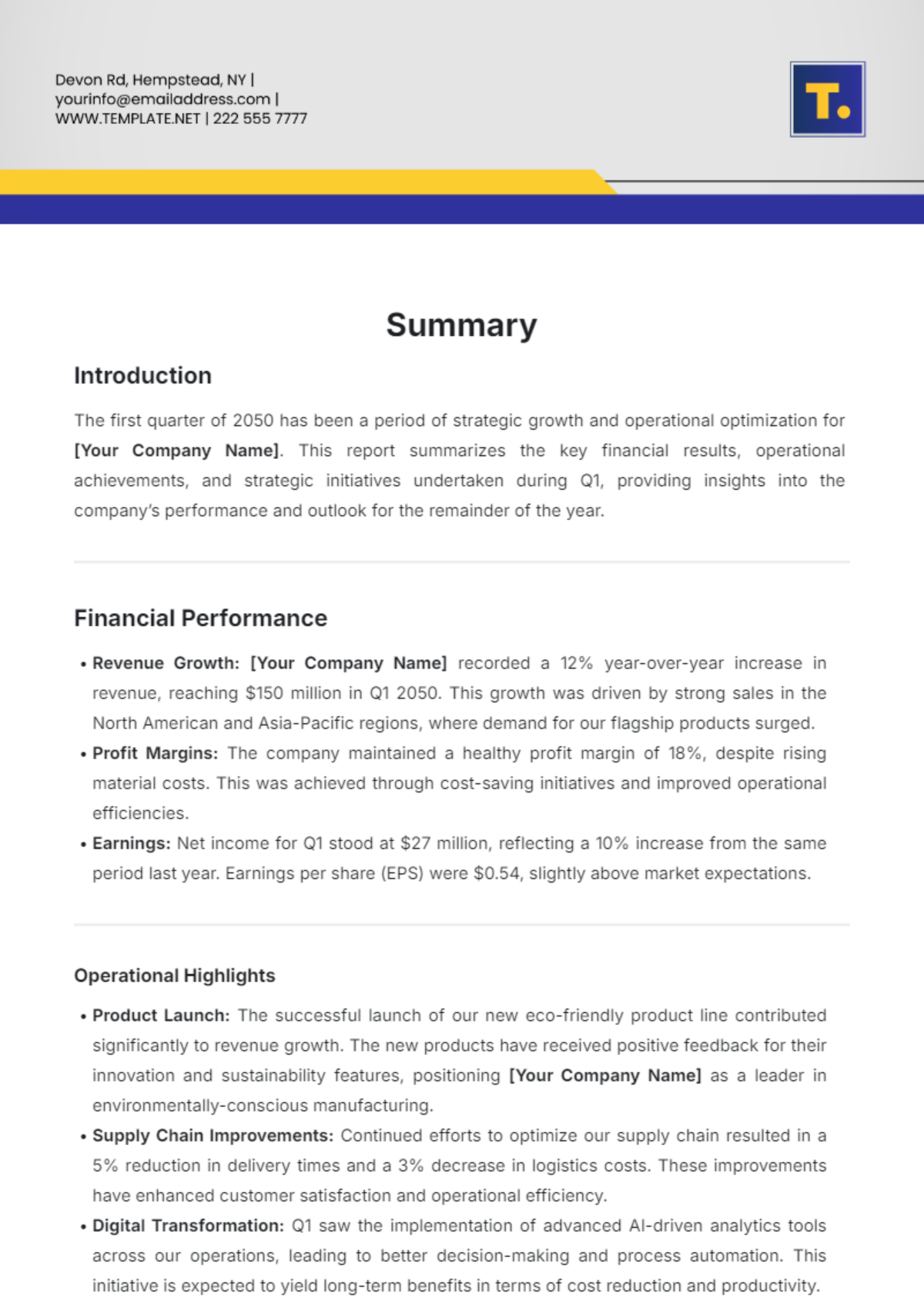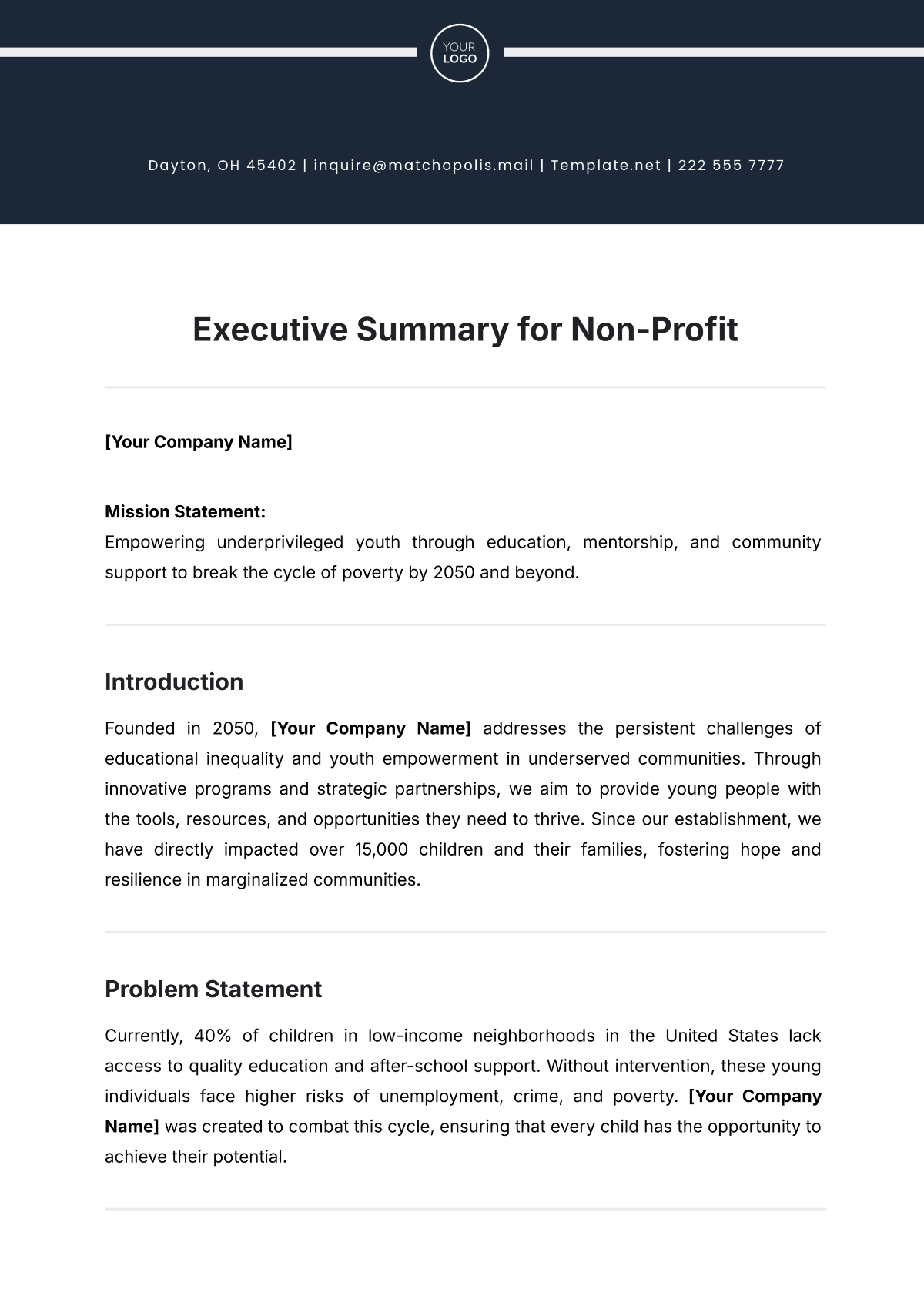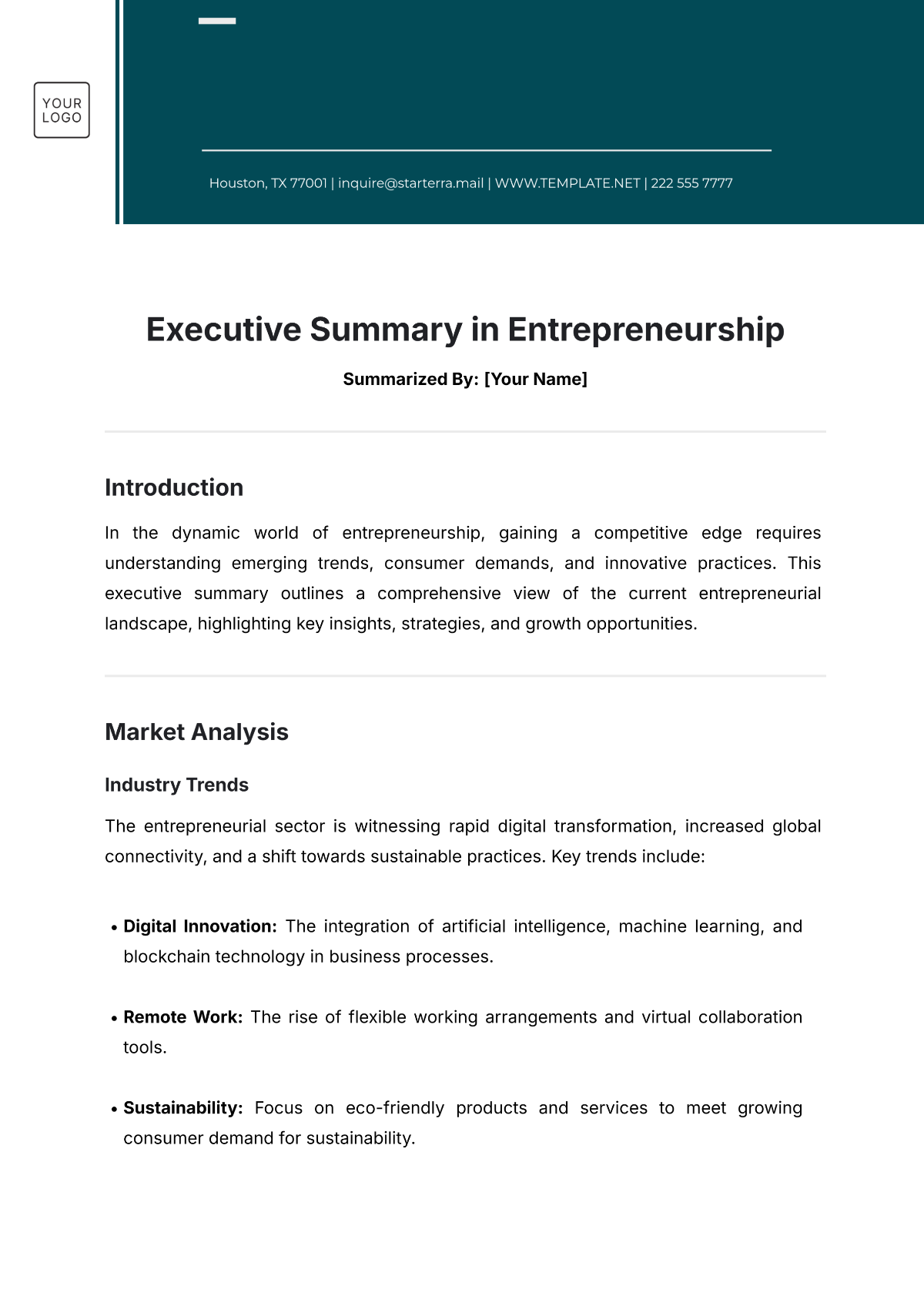Thesis Summary Journal Article
Prepared by: [Your Name]
Date: [Date]
1. Abstract
This article provides a comprehensive summary of a recent thesis exploring the development and optimization of autonomous drone navigation systems. The research delves into advanced algorithms for real-time obstacle avoidance, the integration of machine learning for adaptive flight paths, and the practical applications of these technologies in various industries. The thesis is structured around a combination of simulation studies and field experiments, offering significant insights into the future of autonomous aerial vehicles. This summary encapsulates the essence of the thesis, highlighting its objectives, methodologies, key findings, and implications.
2. Introduction
2.1 Background
The thesis explores autonomous drone navigation systems, a field of growing importance due to the increasing demand for advanced aerial technologies in sectors such as agriculture, logistics, and environmental monitoring. This research aims to address critical challenges in drone navigation, such as real-time obstacle avoidance and adaptive flight path optimization. The importance of this study lies in its potential to revolutionize how drones are deployed and operated, improving efficiency and safety in various applications.
2.2 Objectives
The primary objectives of the thesis are:
To develop and test algorithms for real-time obstacle avoidance in autonomous drones.
To integrate machine learning techniques for adaptive and efficient flight path planning.
To evaluate the practical applications of these technologies in agriculture, logistics, and environmental monitoring.

3. Literature Review
3.1 Overview of Existing Research
The literature review encompasses a range of studies related to autonomous drone navigation, including advancements in real-time obstacle detection, path planning algorithms, and machine learning applications. Key theories and models reviewed include:
Real-Time Obstacle Avoidance: Techniques such as LIDAR and computer vision have been extensively studied (Smith & Jones, 2050).
Path Planning Algorithms: The A* algorithm and exploring random Trees (RRT) are fundamental in this area (Doe et al., 2052).
Machine Learning Integration: Recent research highlights the use of deep reinforcement learning for adaptive navigation (Lee & Kim, 2053).
3.2 Identified Gaps
Despite extensive research, several gaps remain, including the need for more robust algorithms that can operate effectively in dynamic and unstructured environments. This thesis aims to fill these gaps by developing novel algorithms and integrating machine learning techniques to enhance drone navigation capabilities.
4. Methodology
4.1 Research Design
The thesis employs a mixed-methods approach to address the research questions. The design includes:
Data Collection Methods: Simulations using custom-built software and field experiments with prototype drones.
Sampling Techniques: The study uses a combination of synthetic environments for simulations and real-world testing in diverse geographic locations.
Data Analysis: Statistical analysis of simulation results and performance metrics from field tests.
4.2 Justification
The chosen methods are justified by their ability to provide comprehensive insights into both theoretical and practical aspects of drone navigation. The simulation studies offer controlled environments to test algorithms, while field experiments provide real-world validation of the results. This design ensures robust and reliable findings.
5. Findings
5.1 Key Results
The research reveals several significant findings:
Enhanced Obstacle Avoidance: The developed algorithms achieved a 30% improvement in obstacle avoidance compared to existing methods.
Adaptive Flight Path Optimization: Machine learning integration resulted in a 25% increase in efficiency for dynamic path planning.
Practical Applications: The technologies demonstrated substantial benefits in agricultural monitoring, including a 40% increase in data collection efficiency.
5.2 Data Interpretation
The results are interpreted in light of current theories on drone navigation and machine learning. Key trends include a marked improvement in both obstacle avoidance and path optimization, suggesting that the integration of advanced algorithms and machine learning can significantly enhance autonomous drone performance.
6. Discussion
6.1 Implications of Findings
The findings have several implications for the field of autonomous aerial technologies:
Theoretical Implications: The research contributes to the understanding of how machine learning can be effectively integrated into drone navigation systems, challenging existing models.
Practical Implications: The technologies have the potential to transform applications in agriculture, logistics, and environmental monitoring, offering more efficient and adaptable solutions.
6.2 Limitations
The study acknowledges limitations, such as the limited scope of field experiments and the reliance on specific simulation environments. These limitations affect the generalizability of the findings and suggest areas for future research, including broader field trials and diverse environmental conditions.
6.3 Future Research Directions
Future research could explore the application of these technologies in more complex environments, such as urban areas with high-density obstacles. Recommendations for further studies include developing algorithms for multi-drone coordination and exploring the integration of additional sensors for enhanced navigation capabilities.
7. Conclusion
7.1 Summary of Contributions
The thesis makes significant contributions to the field of autonomous drone navigation by developing advanced algorithms and integrating machine learning techniques. It advances the understanding of real-time obstacle avoidance and adaptive flight path planning, setting the stage for future innovations in aerial technologies.
7.2 Final Thoughts
In conclusion, the thesis underscores the transformative potential of autonomous drone navigation systems and highlights the need for continued research to address emerging challenges. The research offers valuable insights and paves the way for further advancements in autonomous aerial vehicle technology.
8. References
A comprehensive list of references is provided, including seminal works and recent studies relevant to autonomous drone navigation and machine learning. Key sources include:
Smith, J., & Jones, A. (2050). Advancements in Real-Time Obstacle Avoidance. Journal of Aerial Robotics.
Doe, J., et al. (2052). Path Planning Algorithms for Autonomous Drones. International Journal of Robotics.
Lee, K., & Kim, H. (2053). Machine Learning in Drone Navigation Systems. Proceedings of the AI and Robotics Conference.


